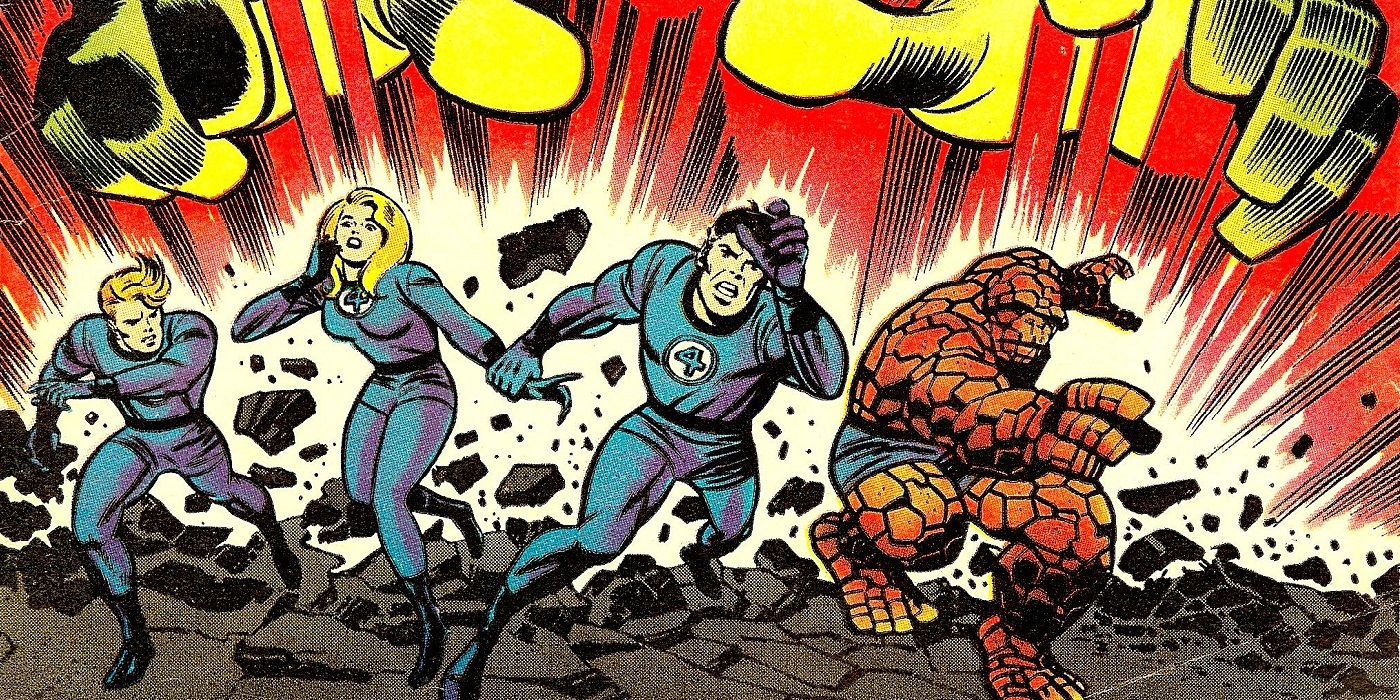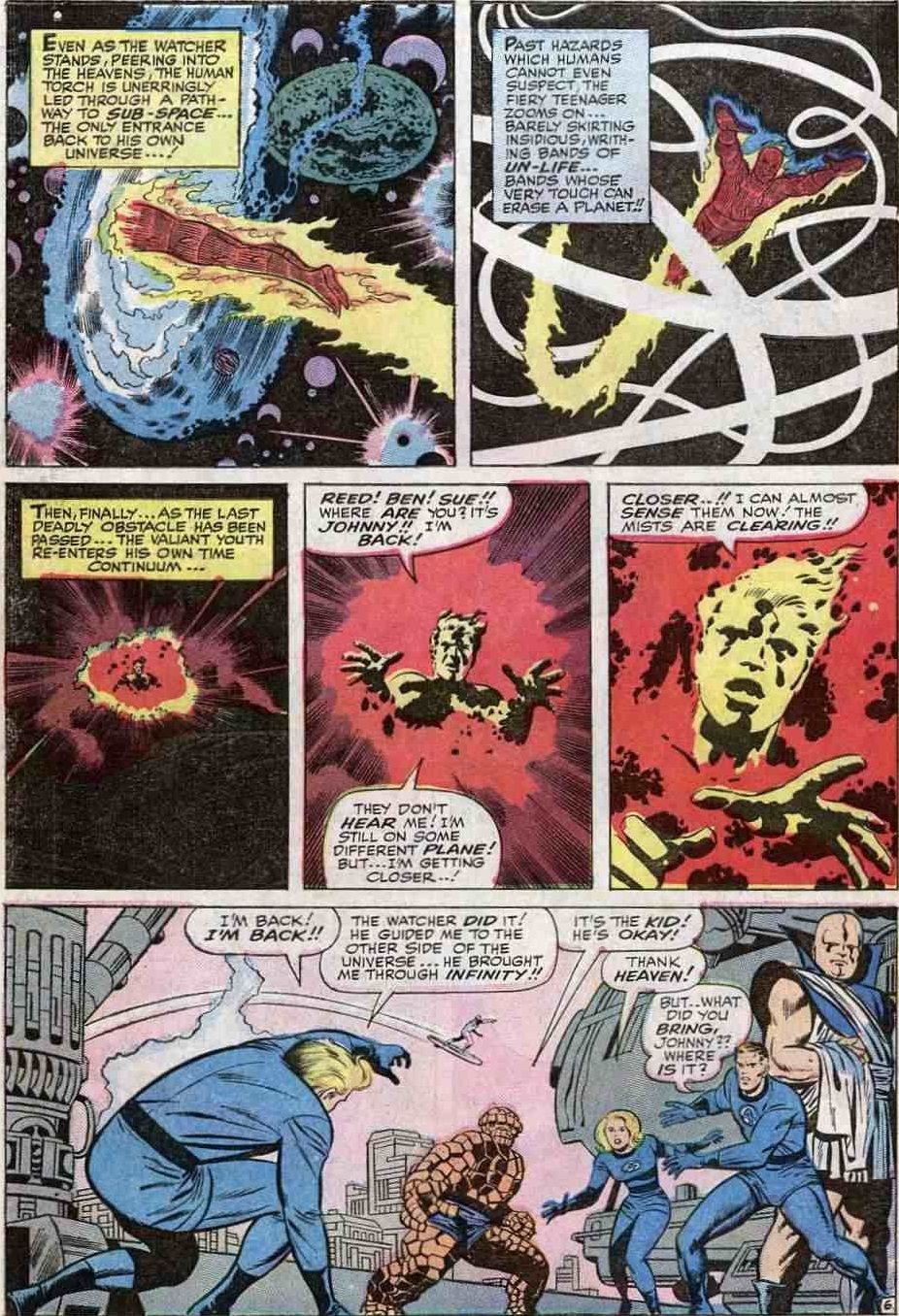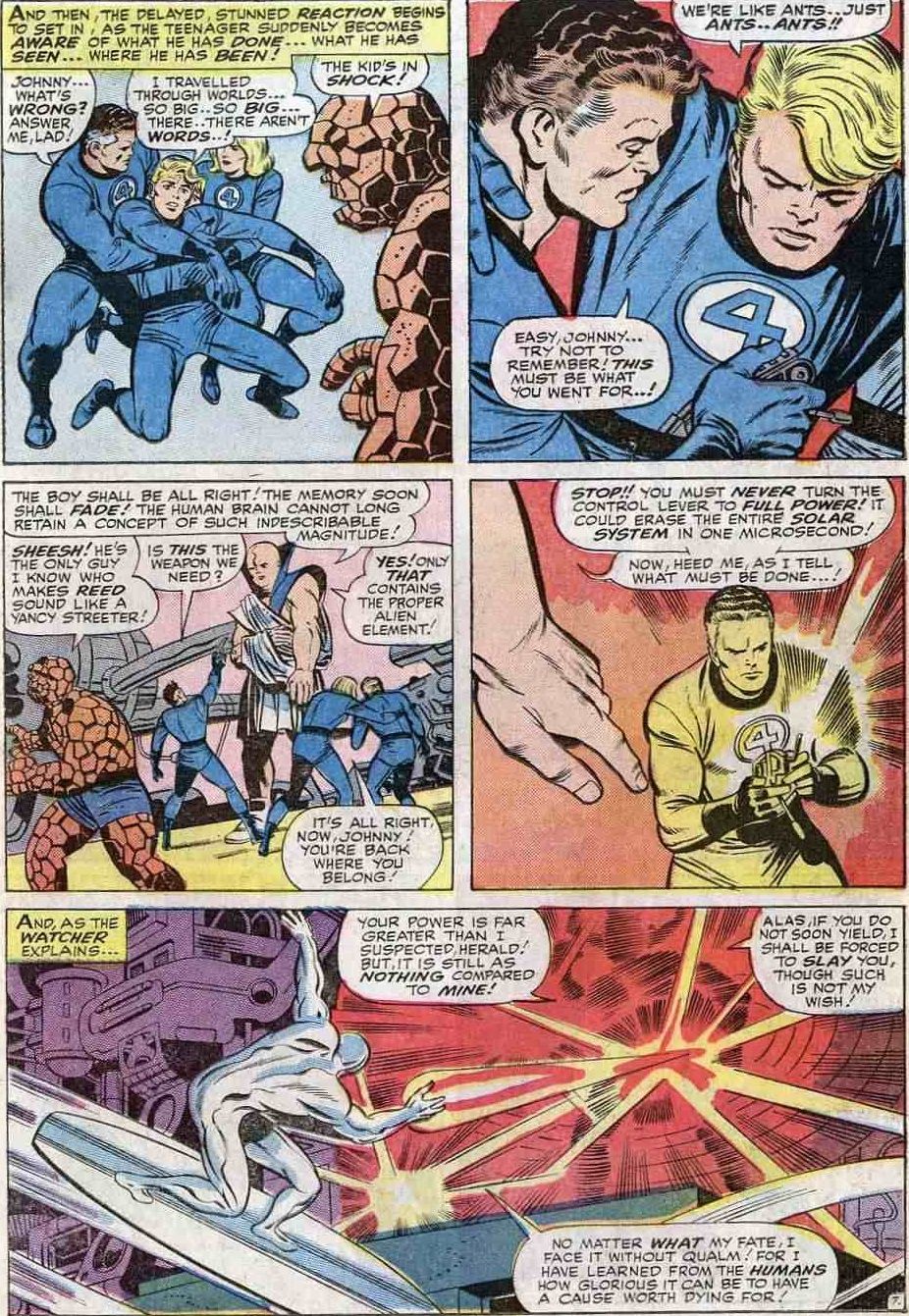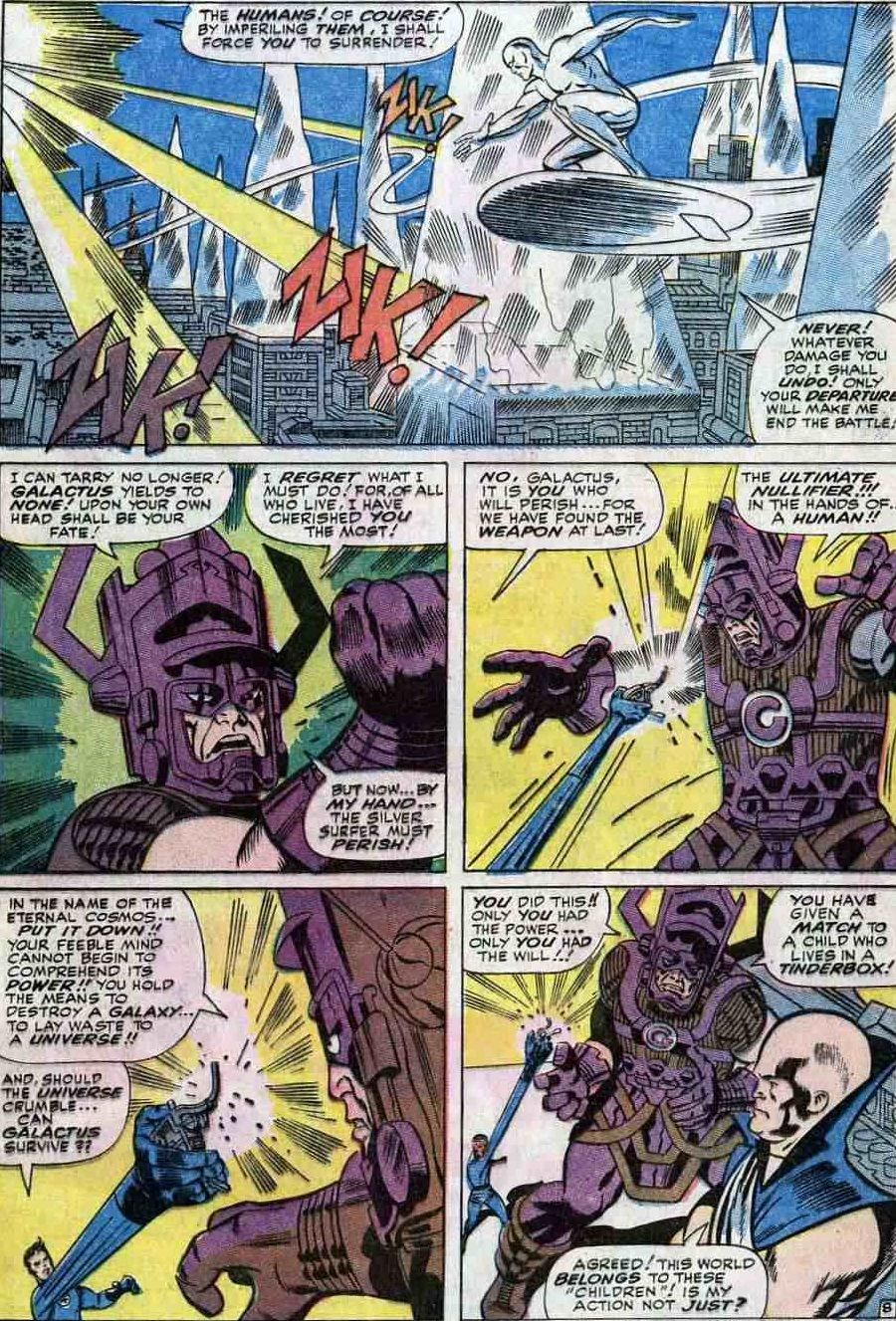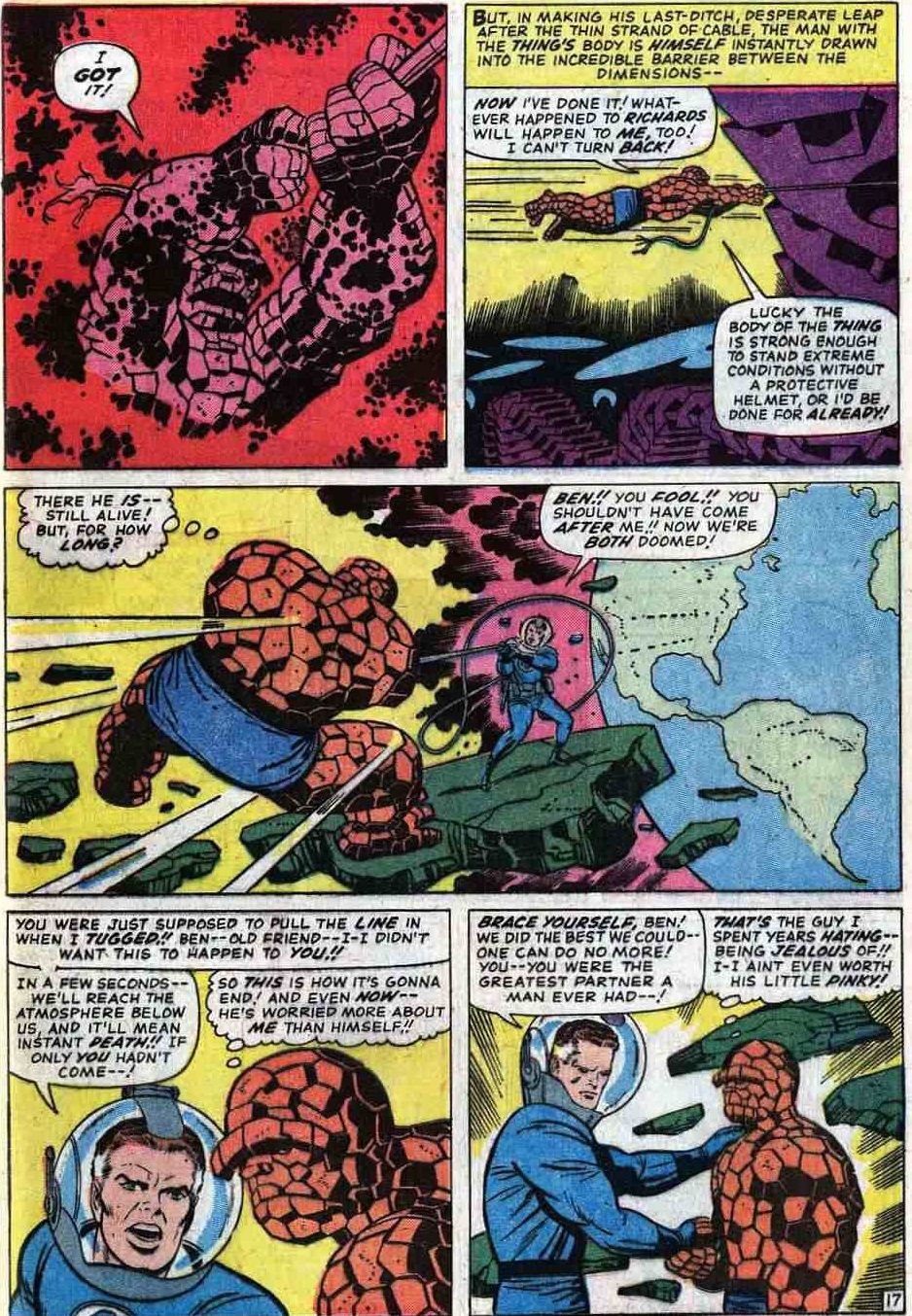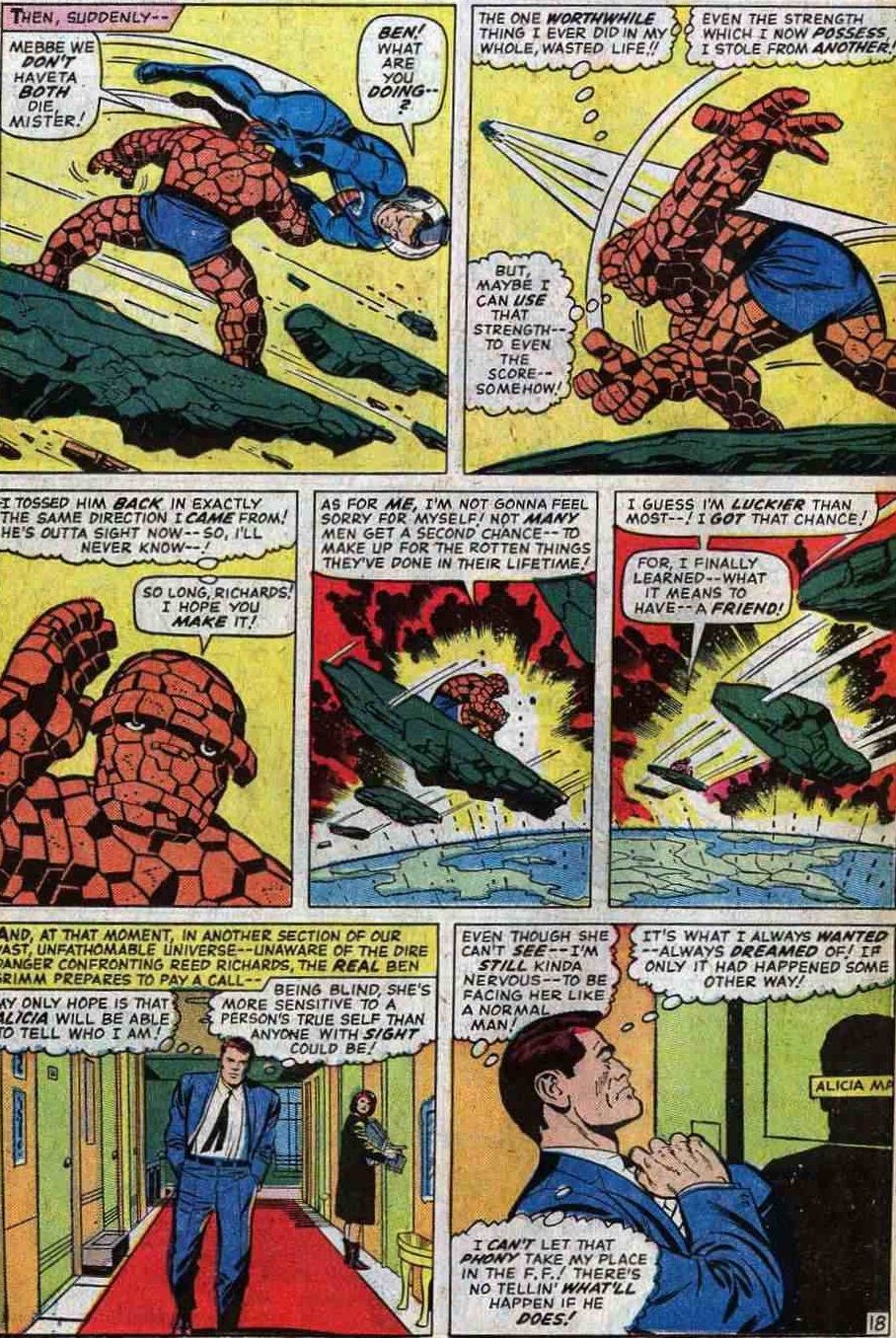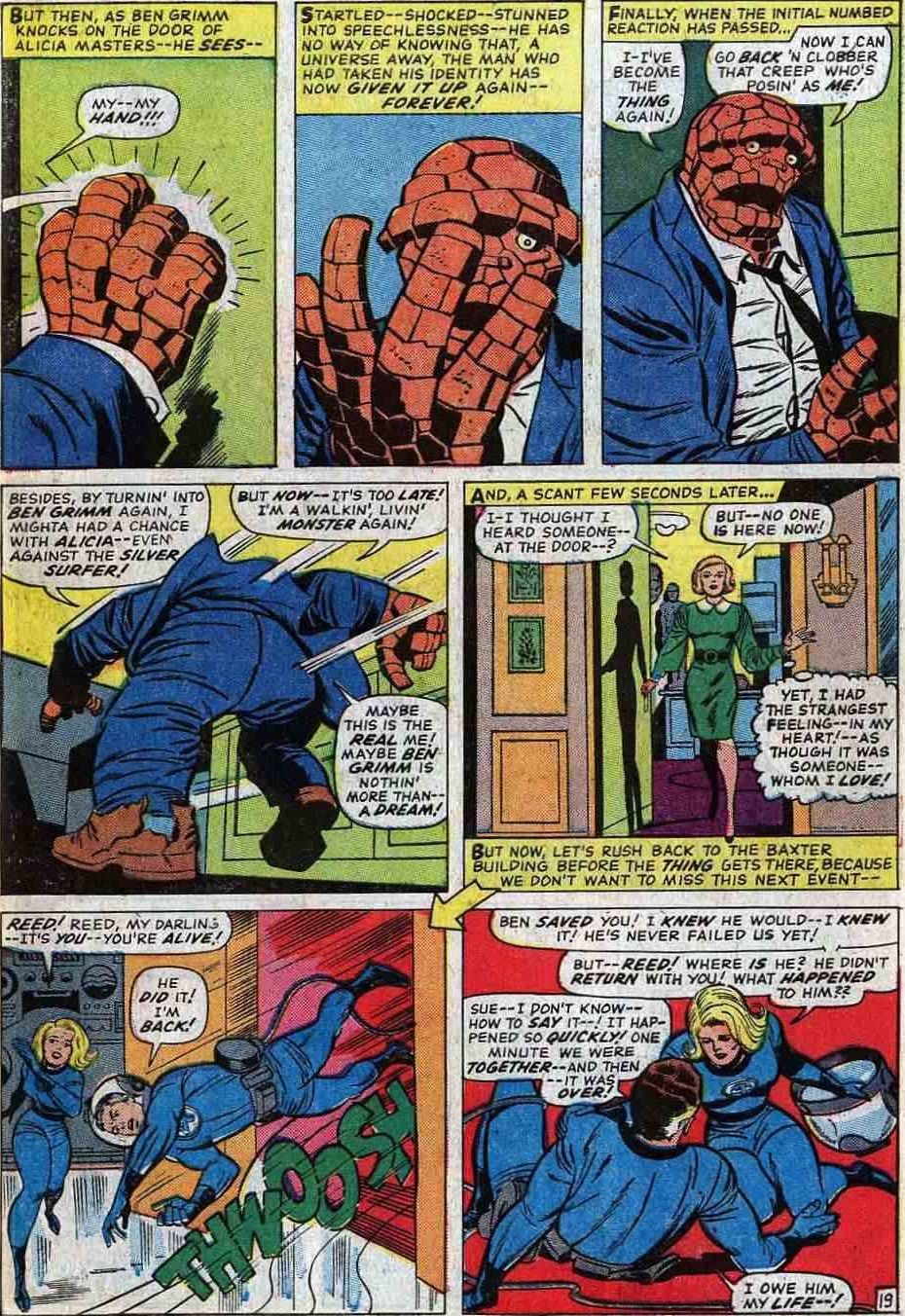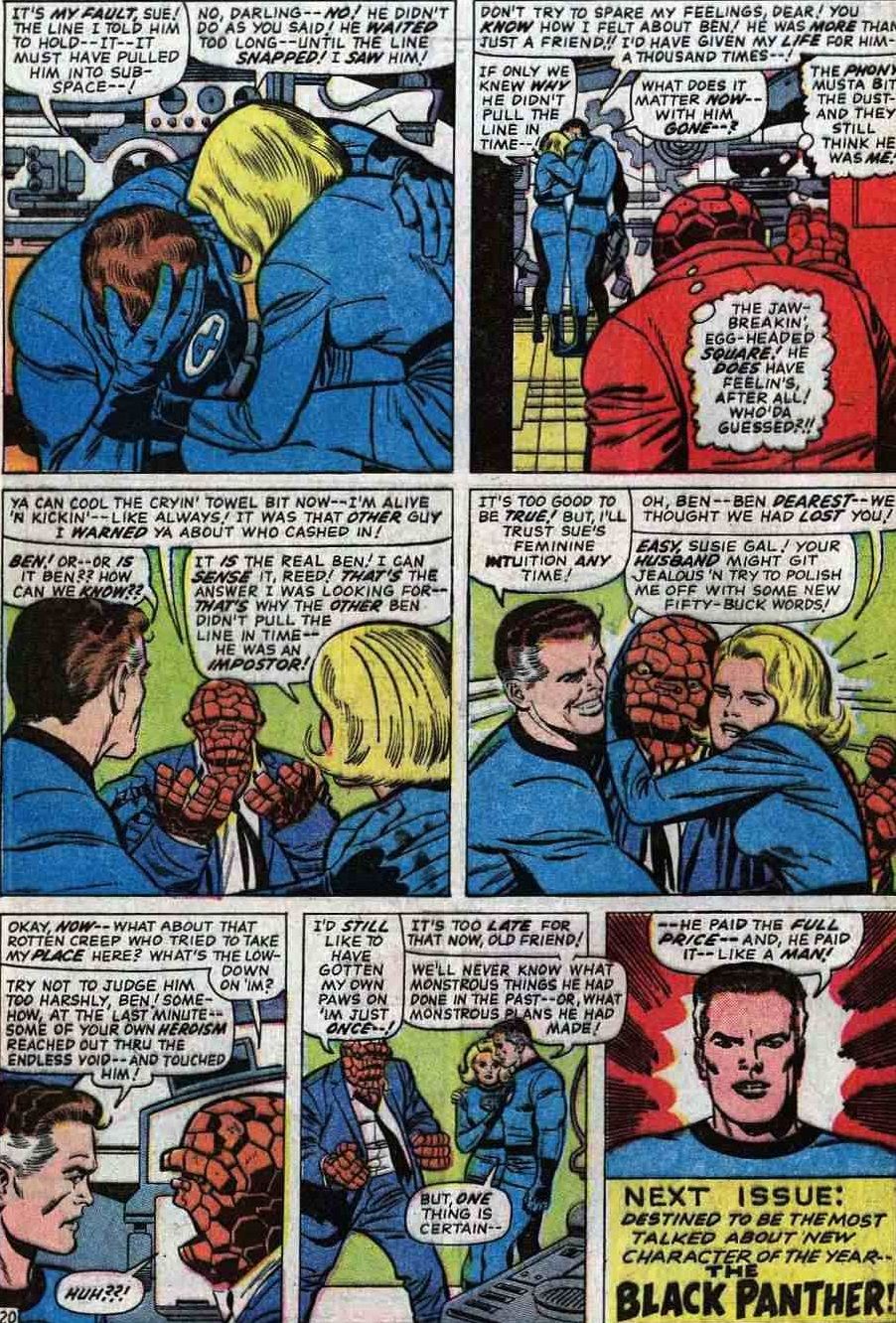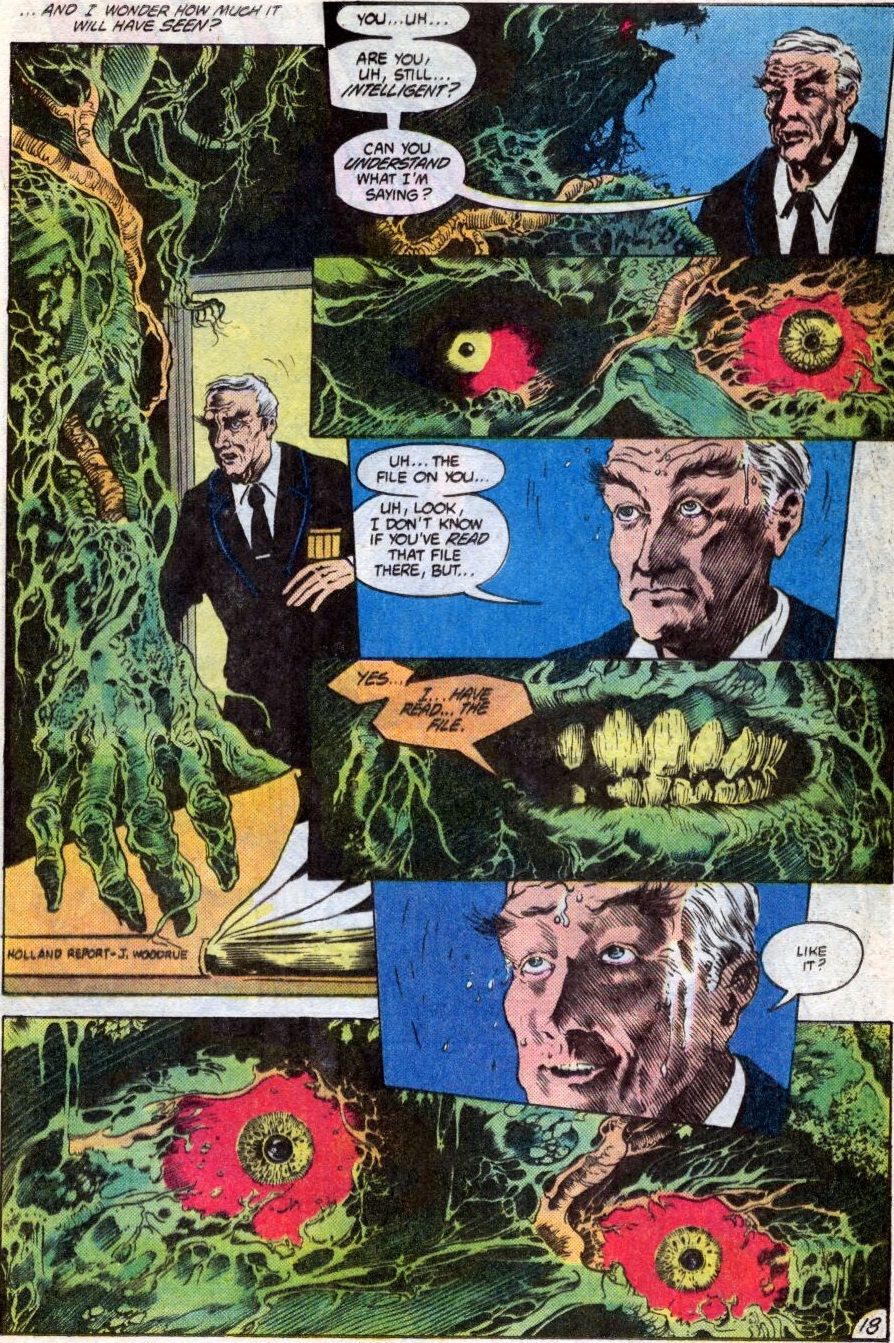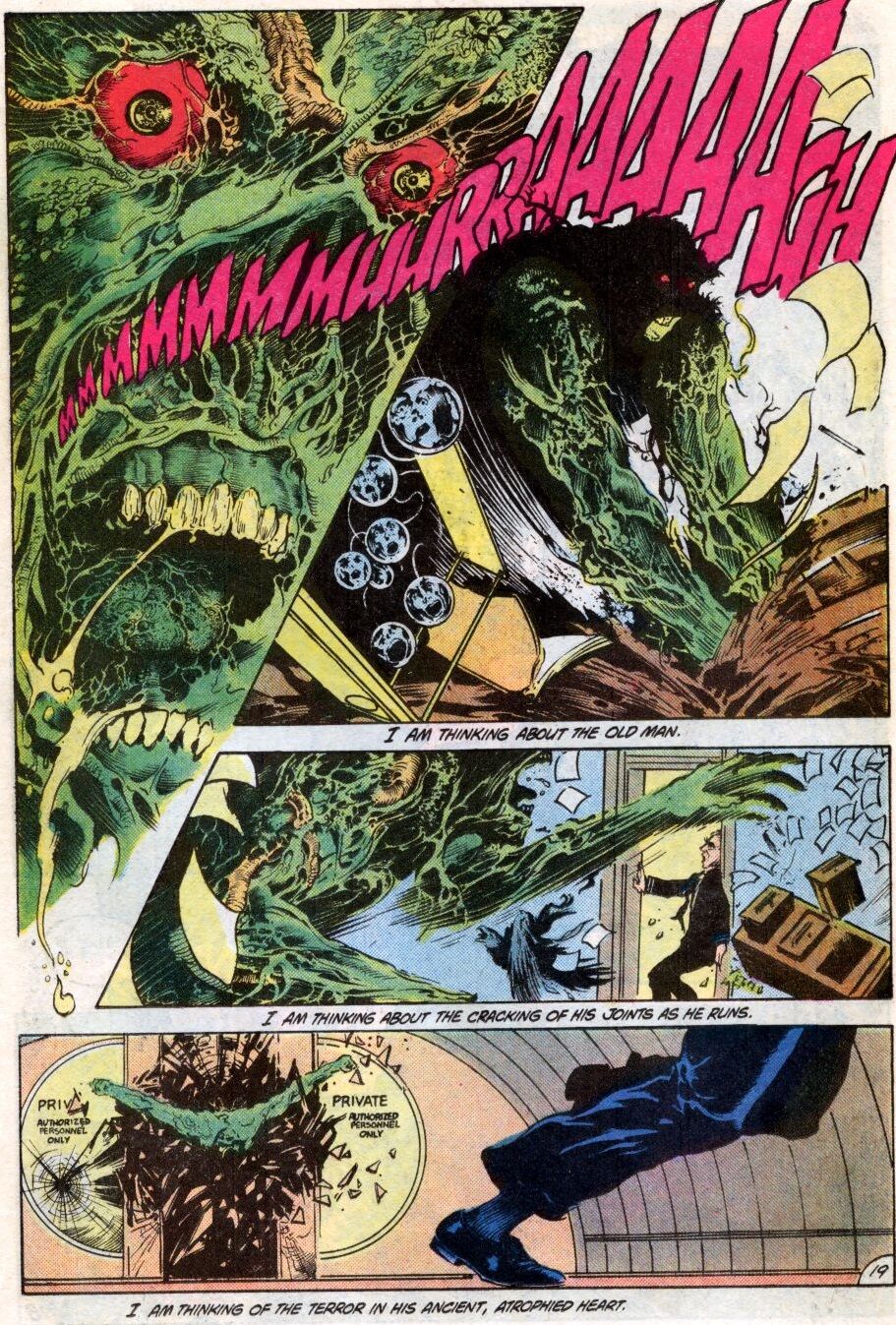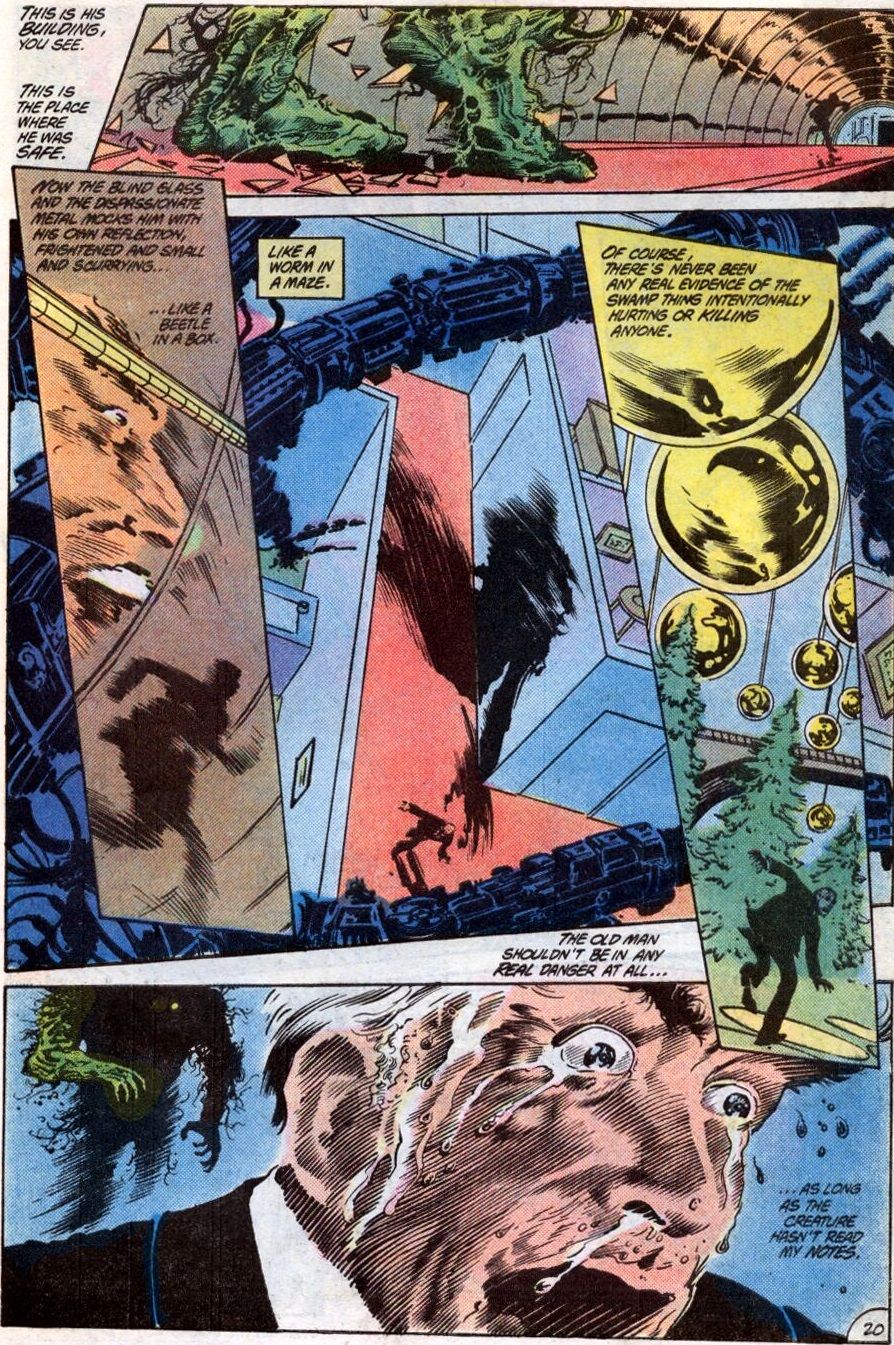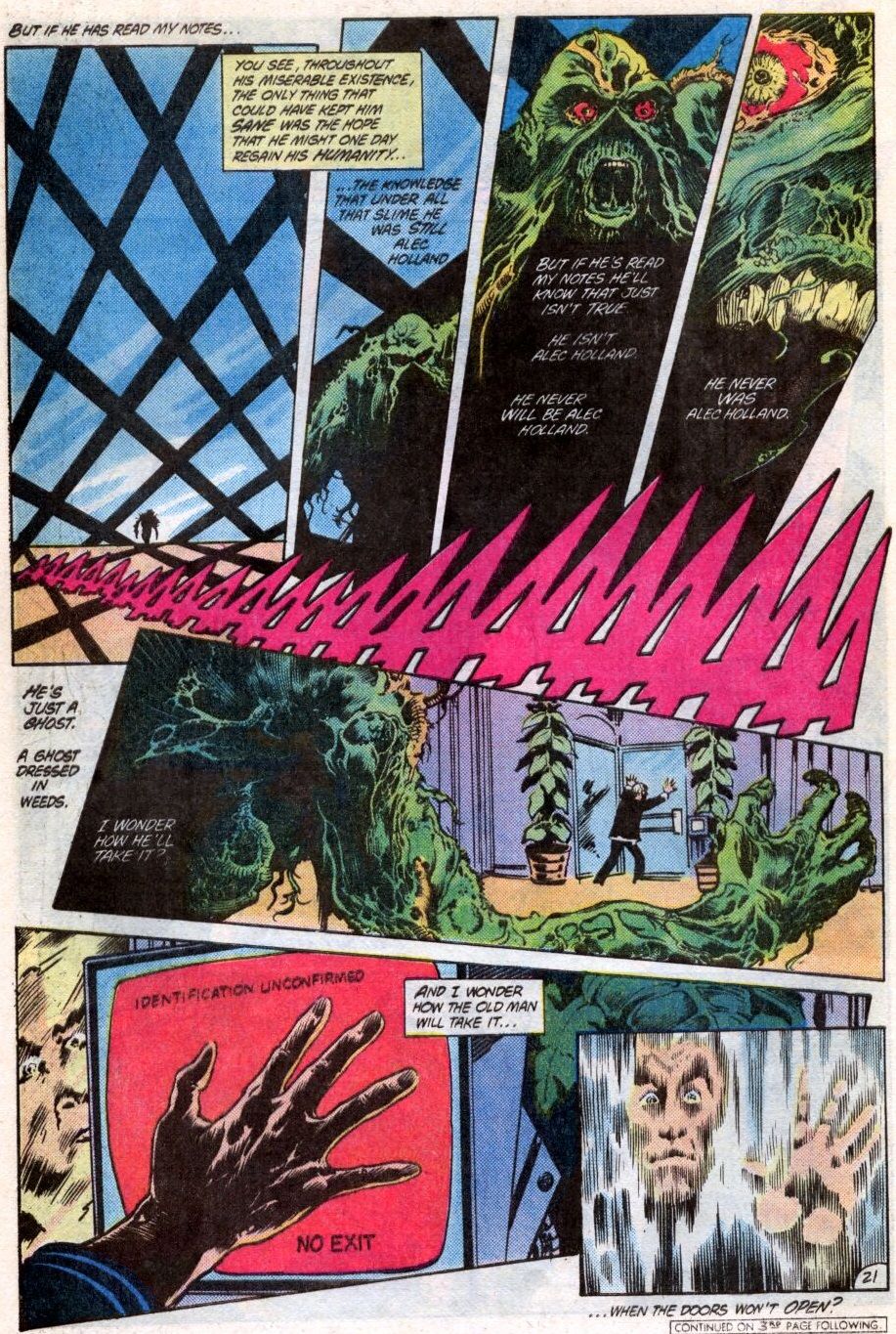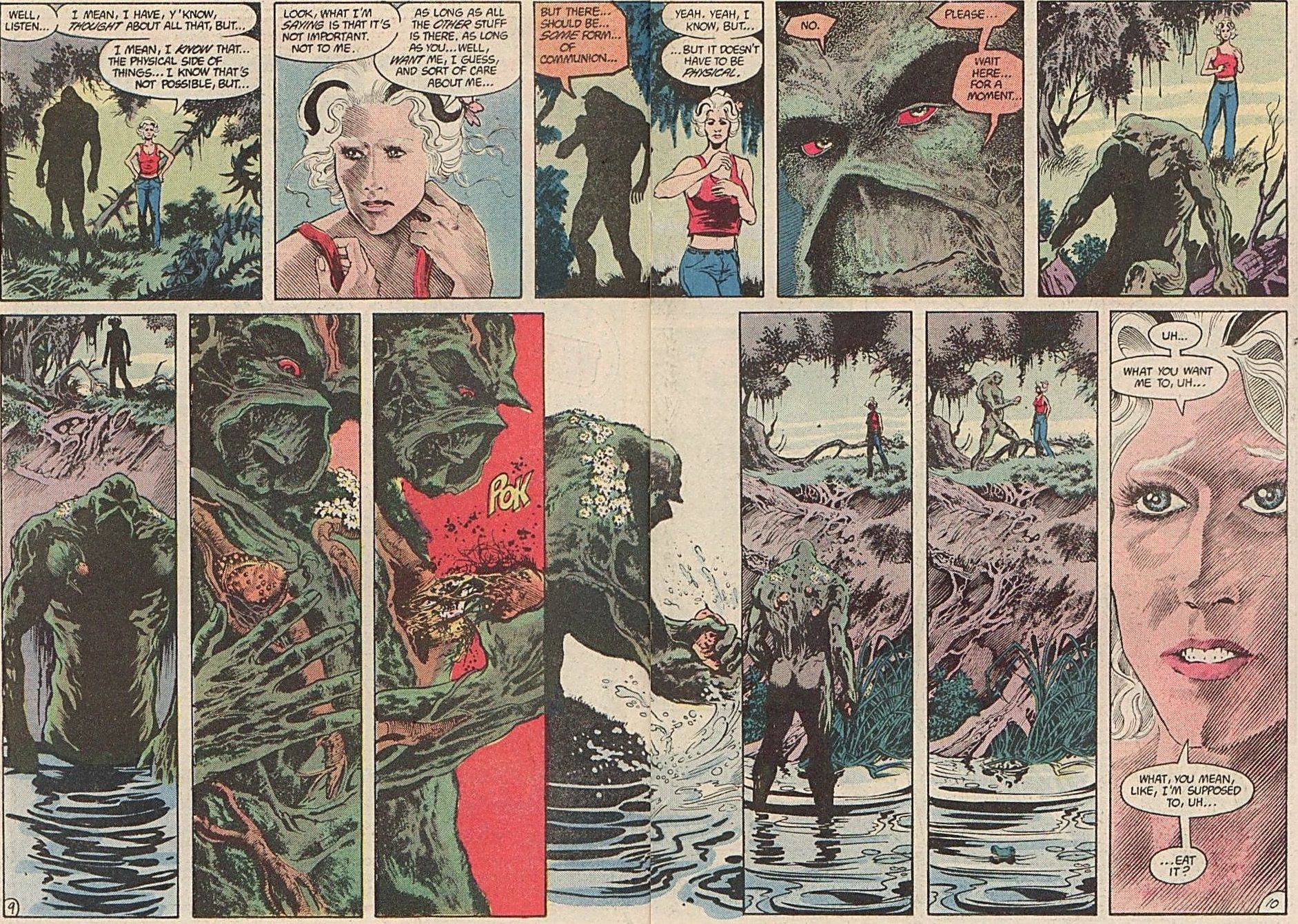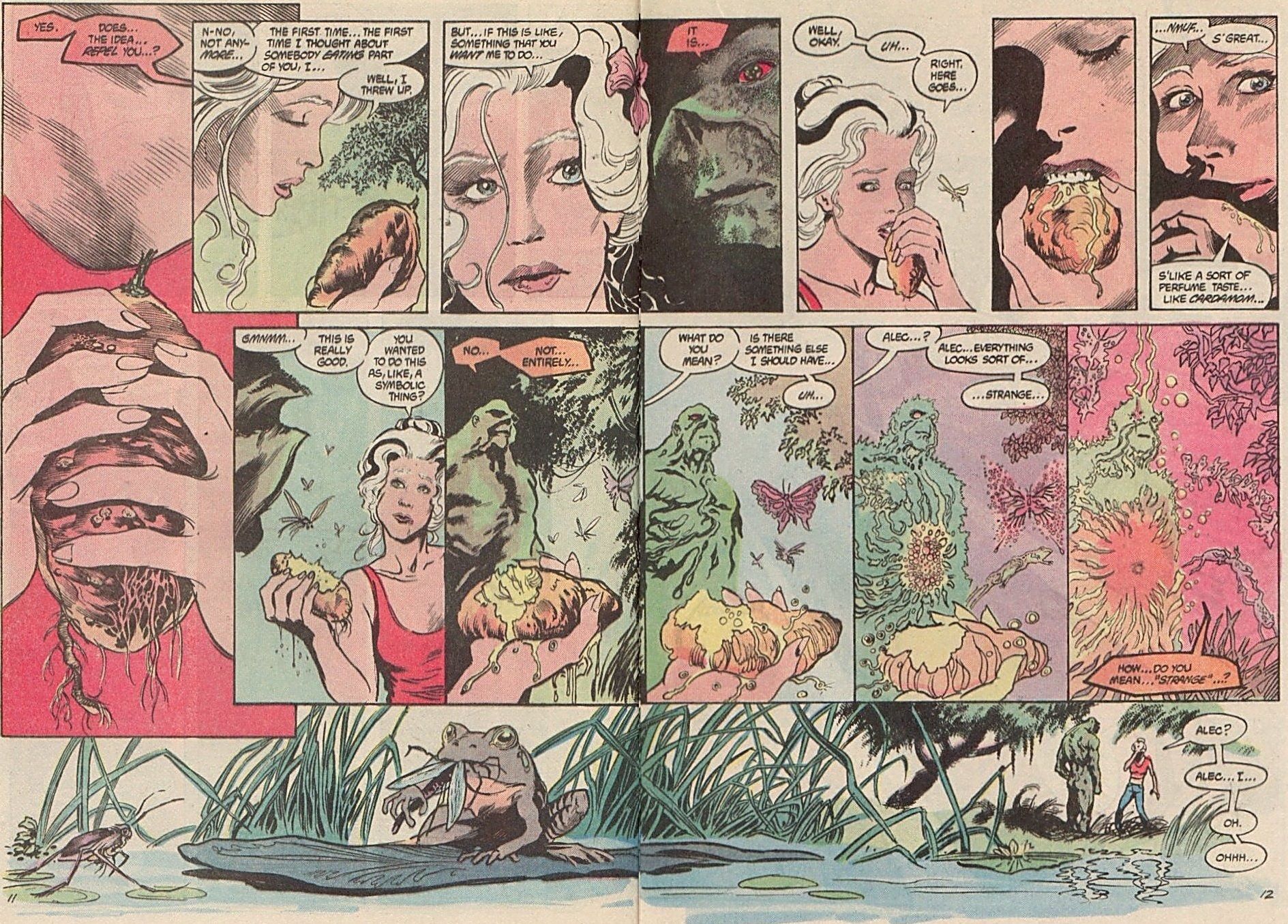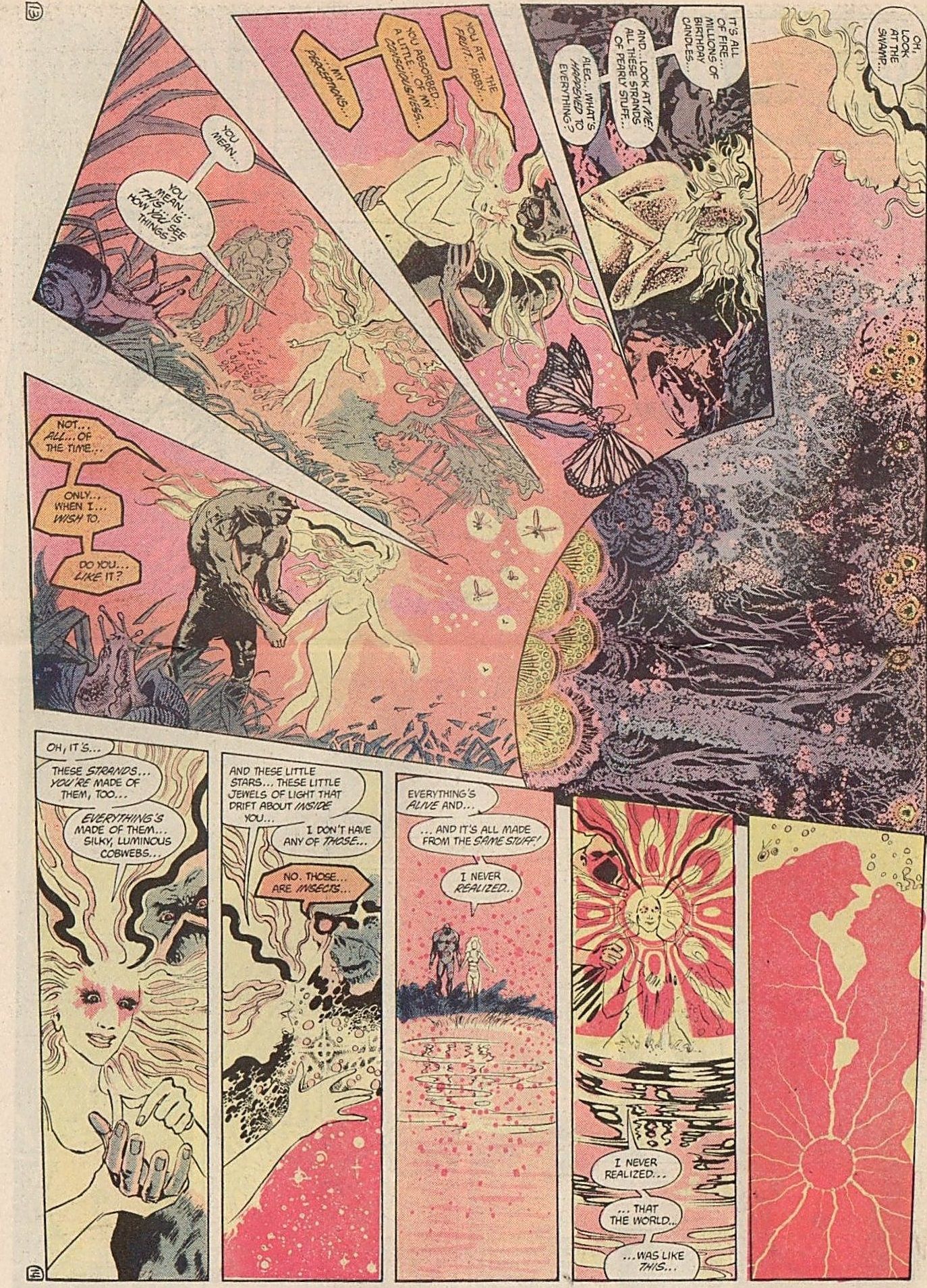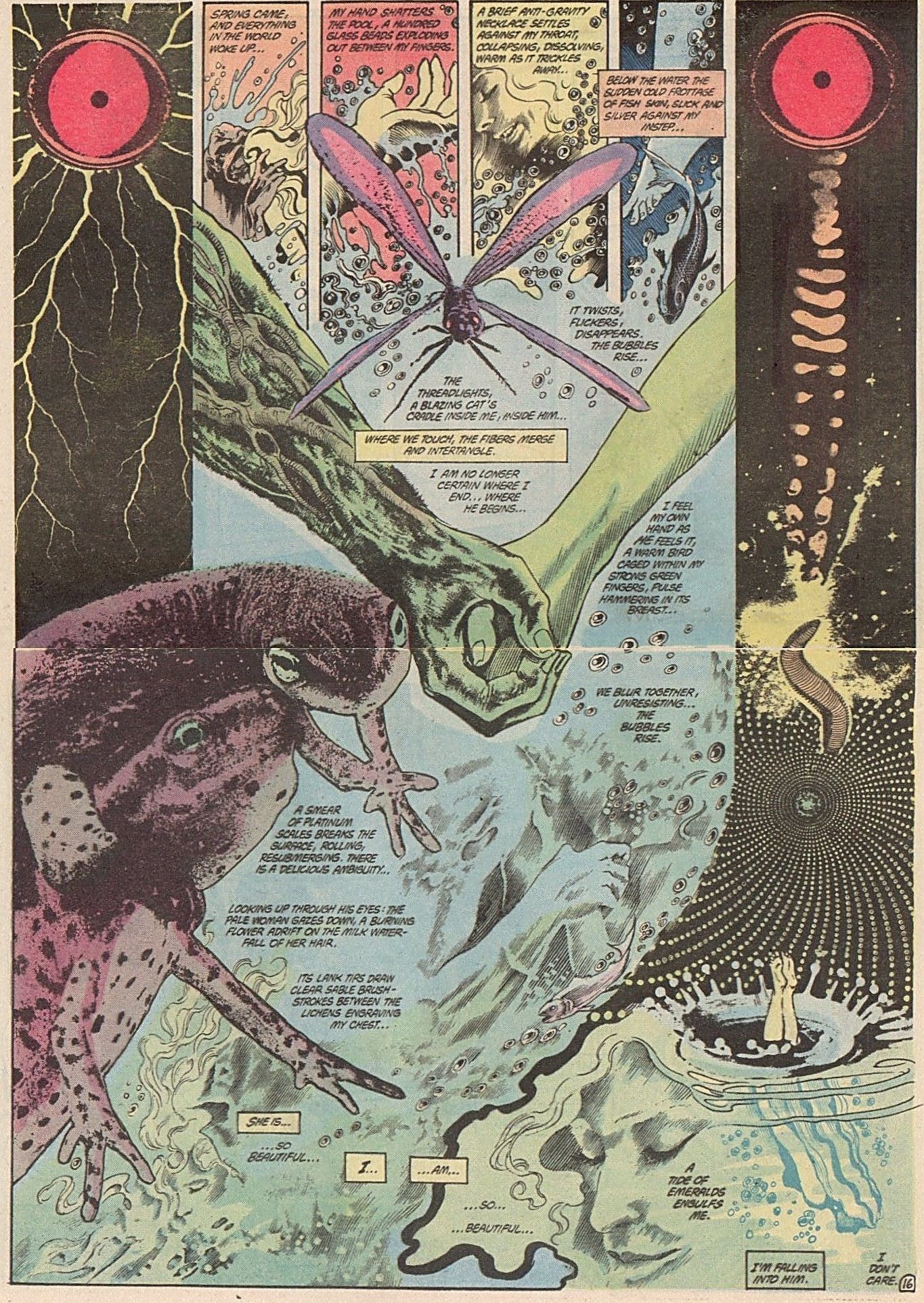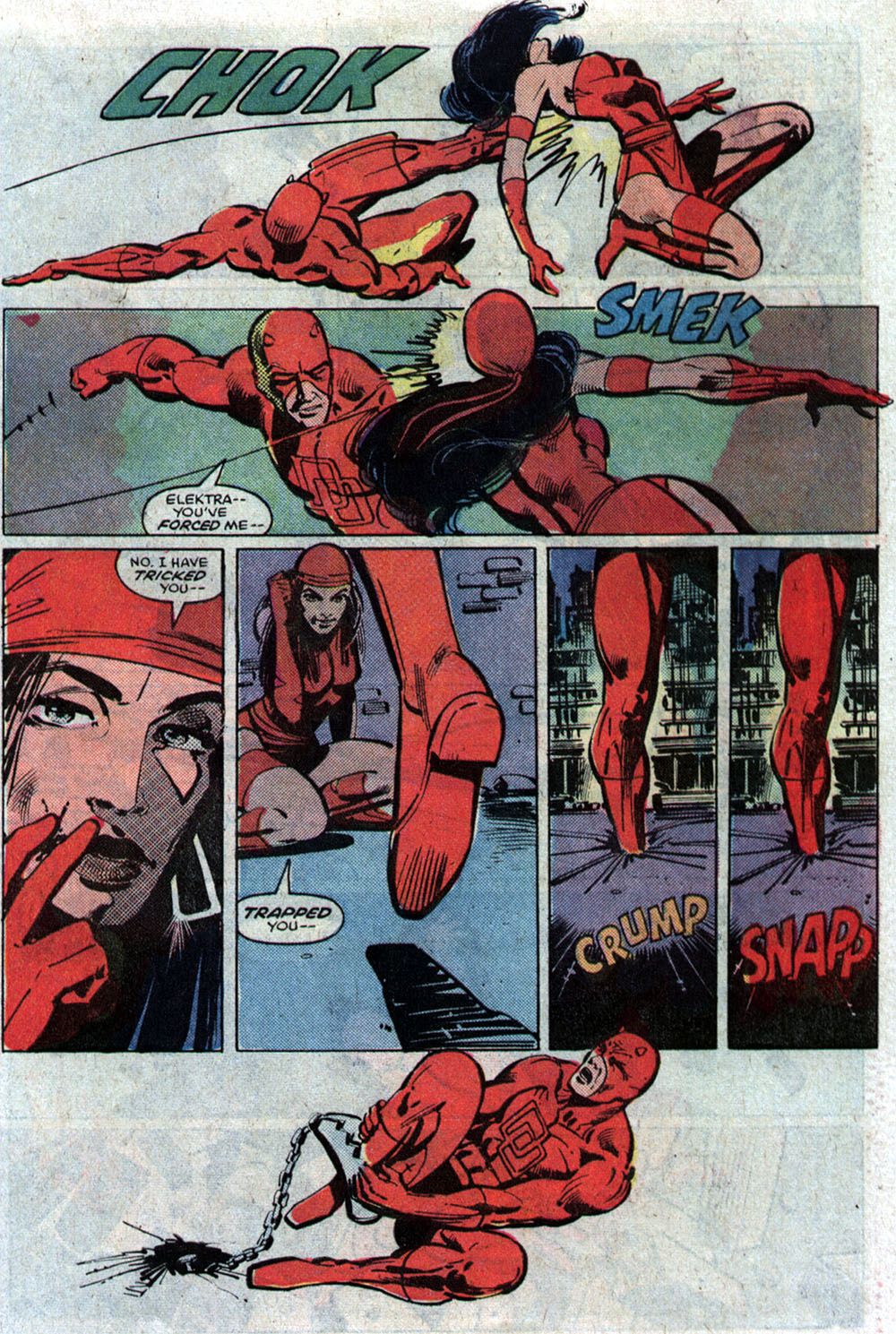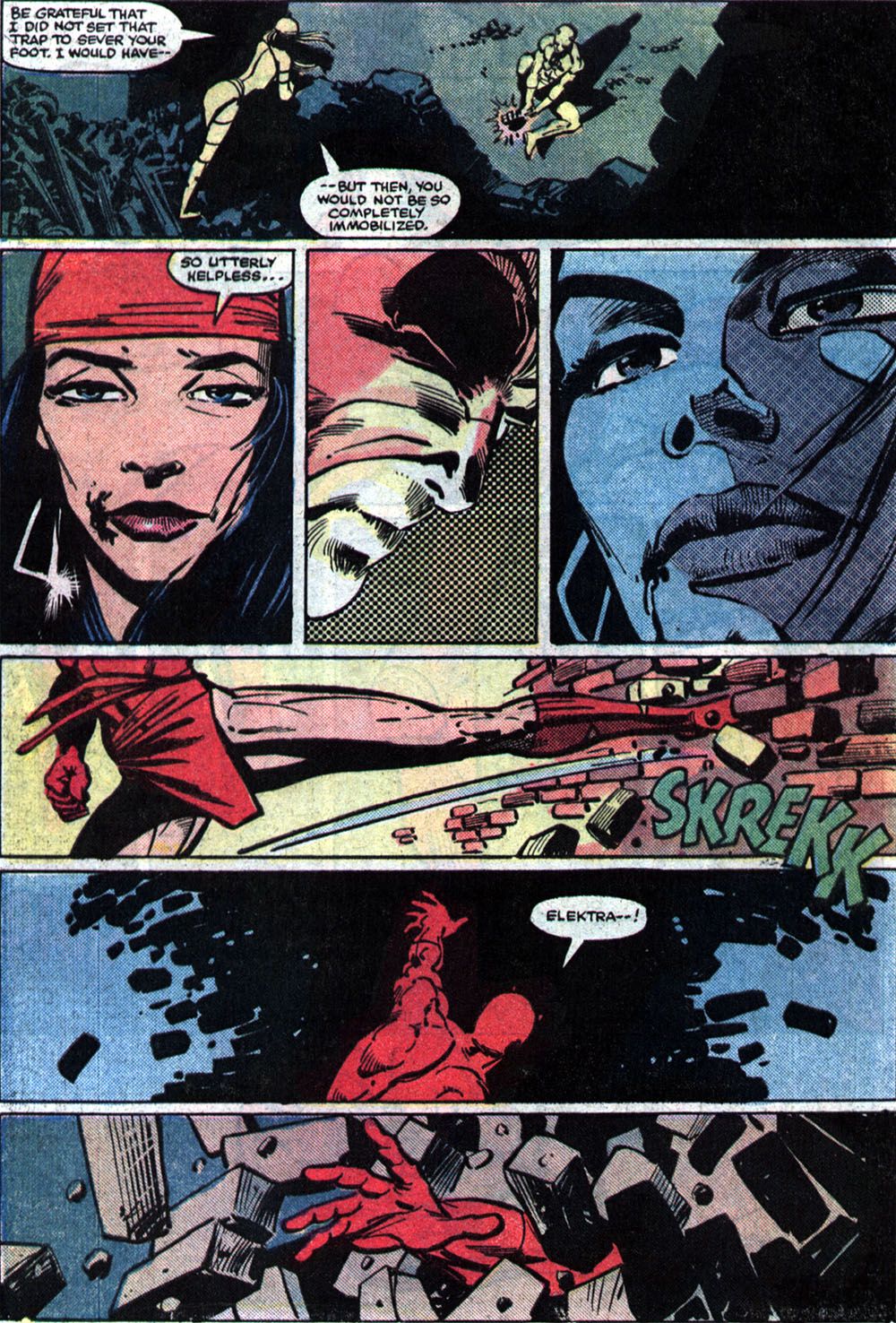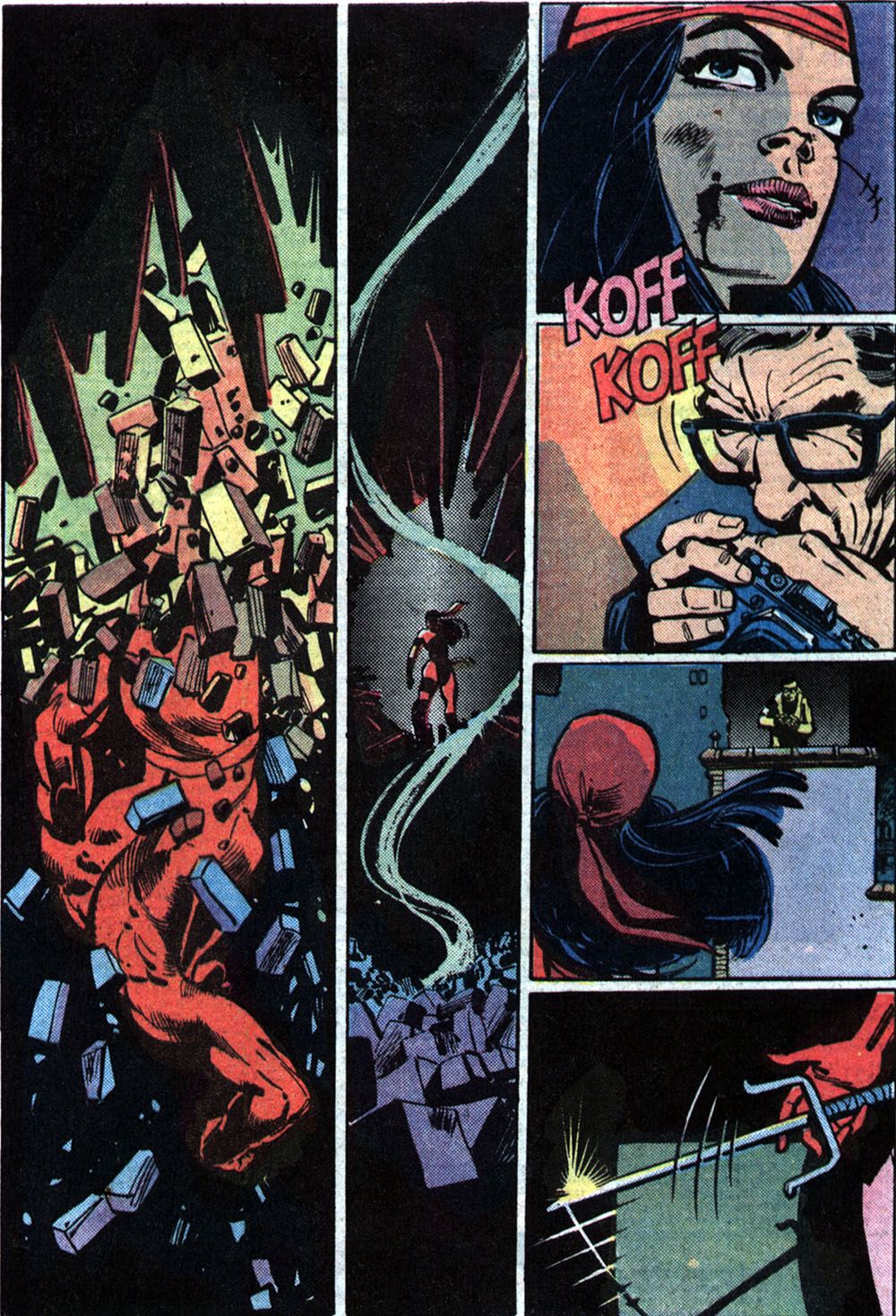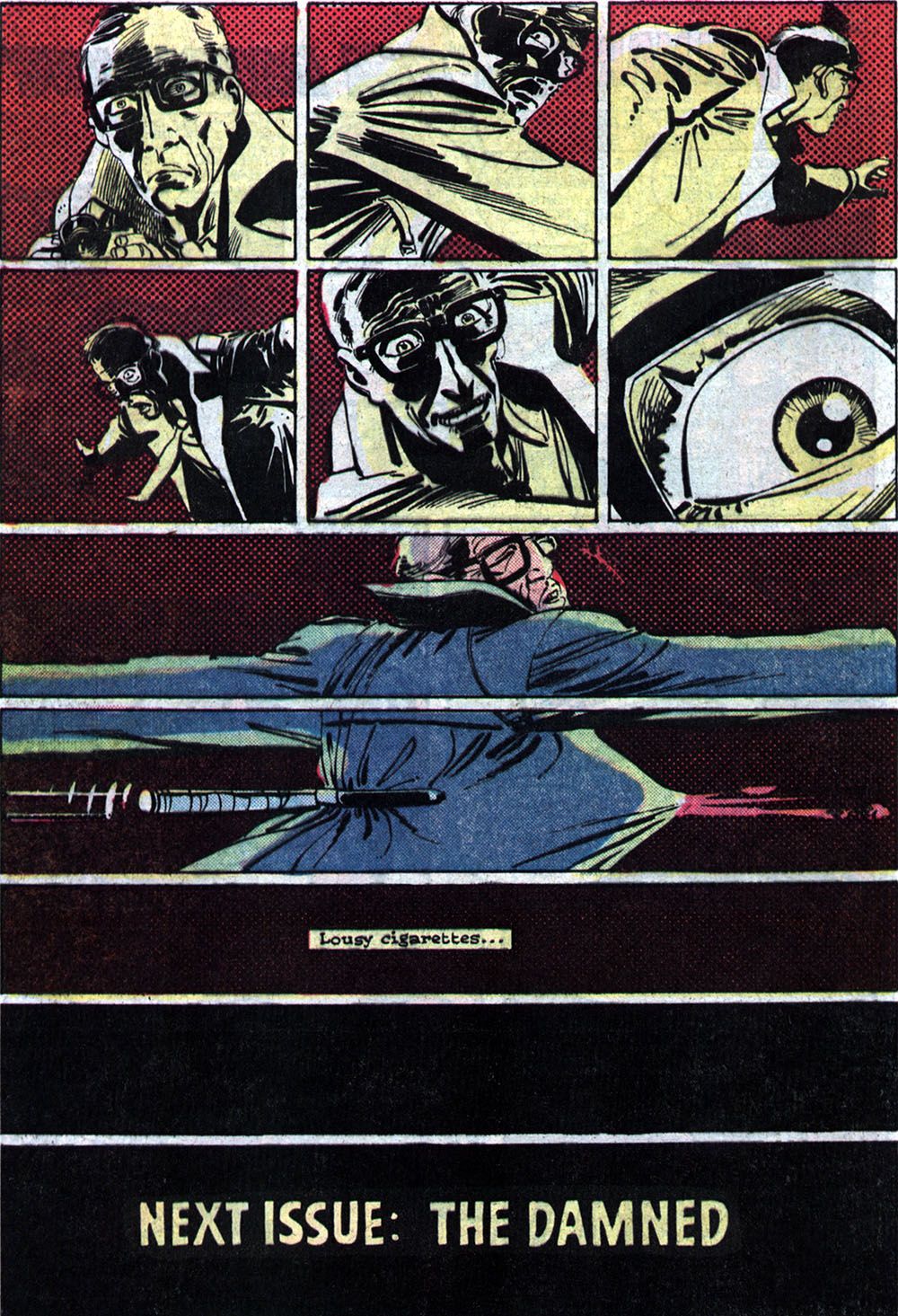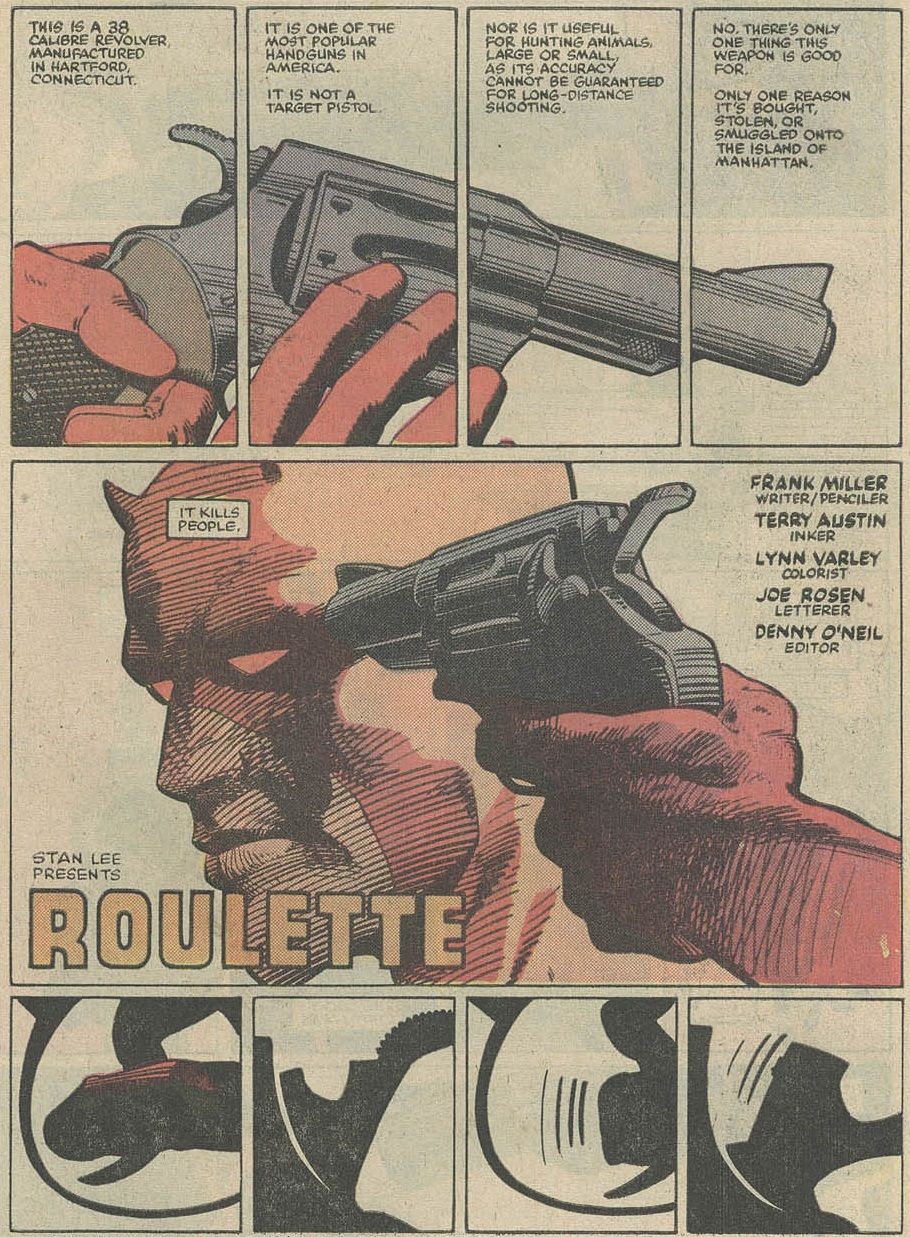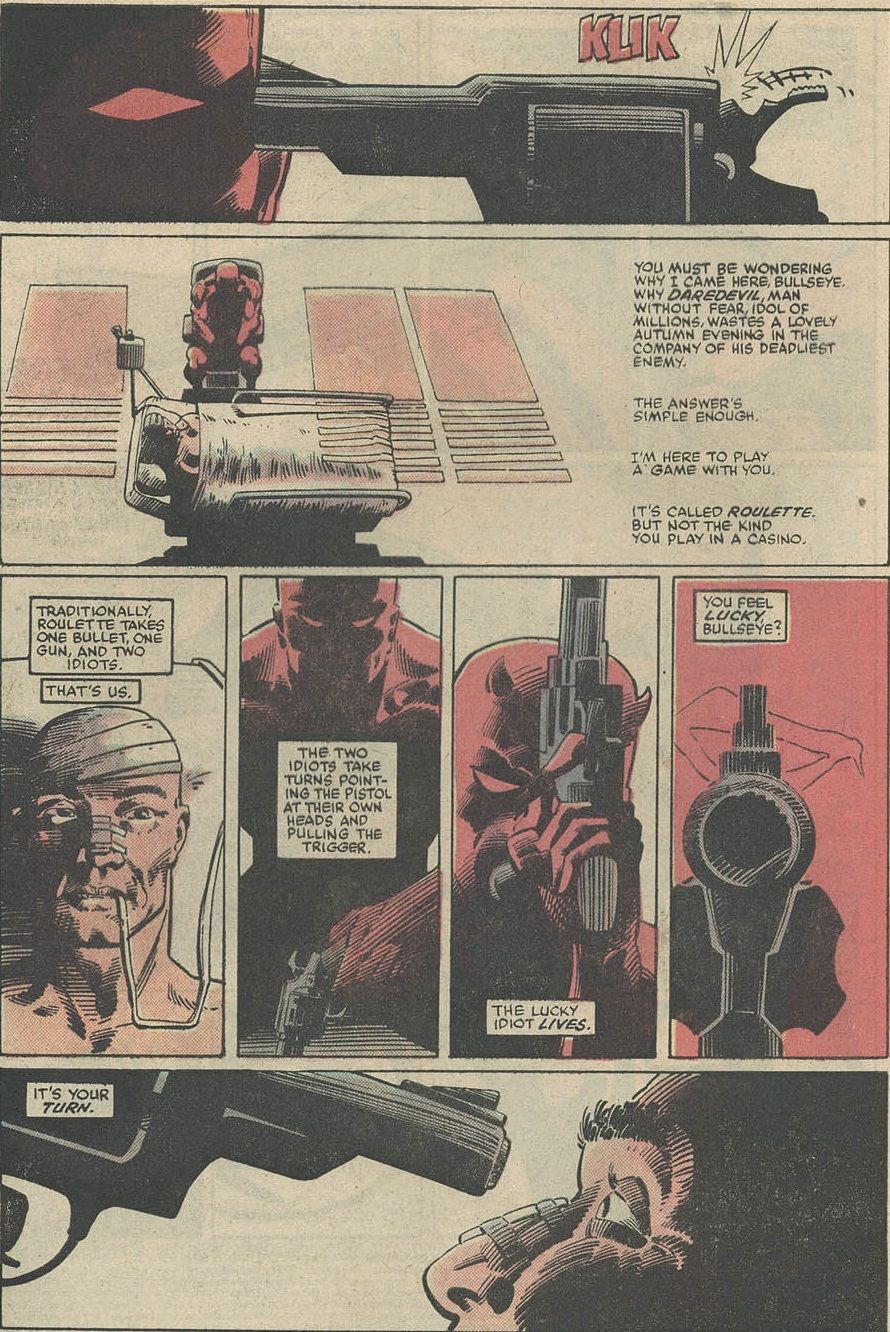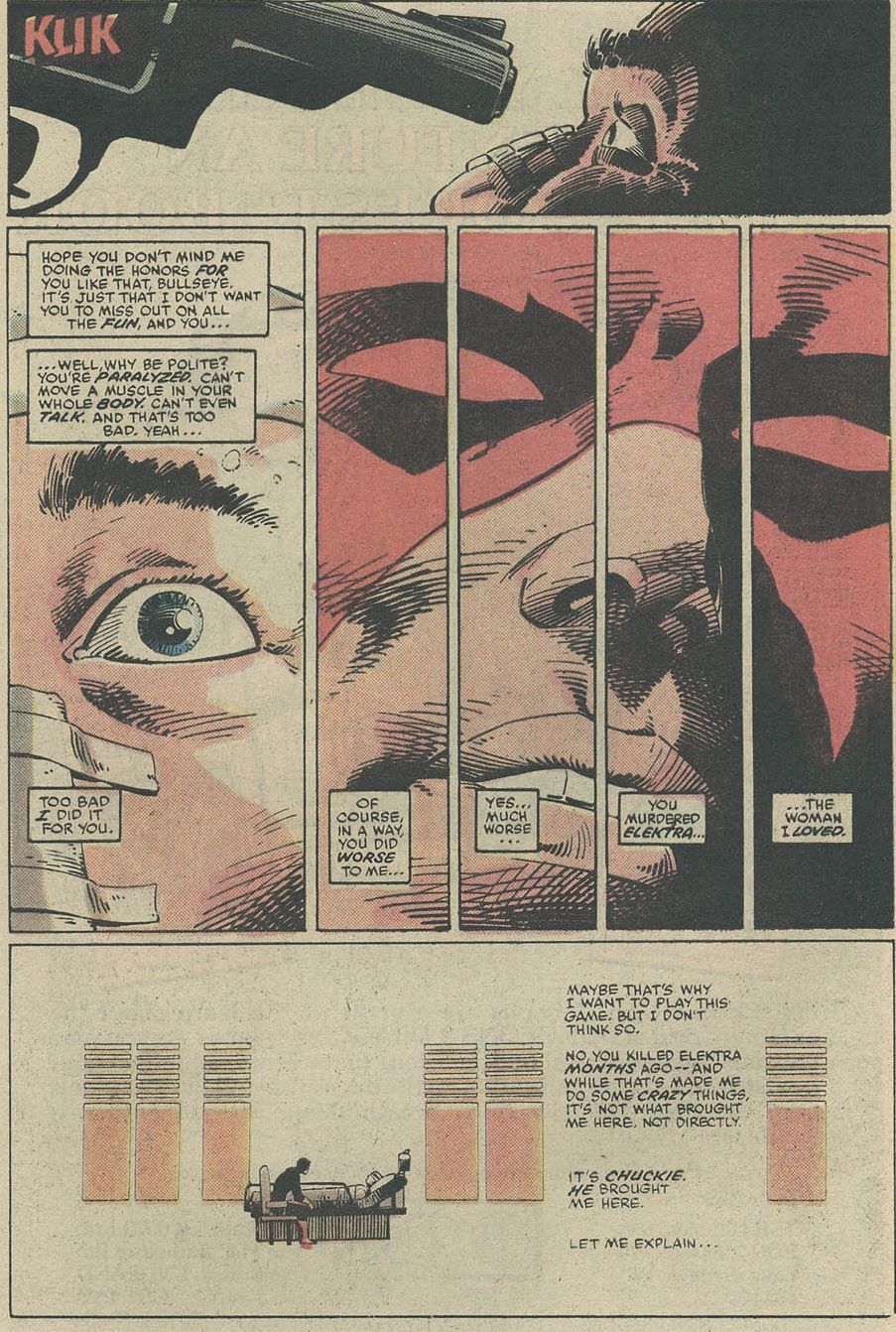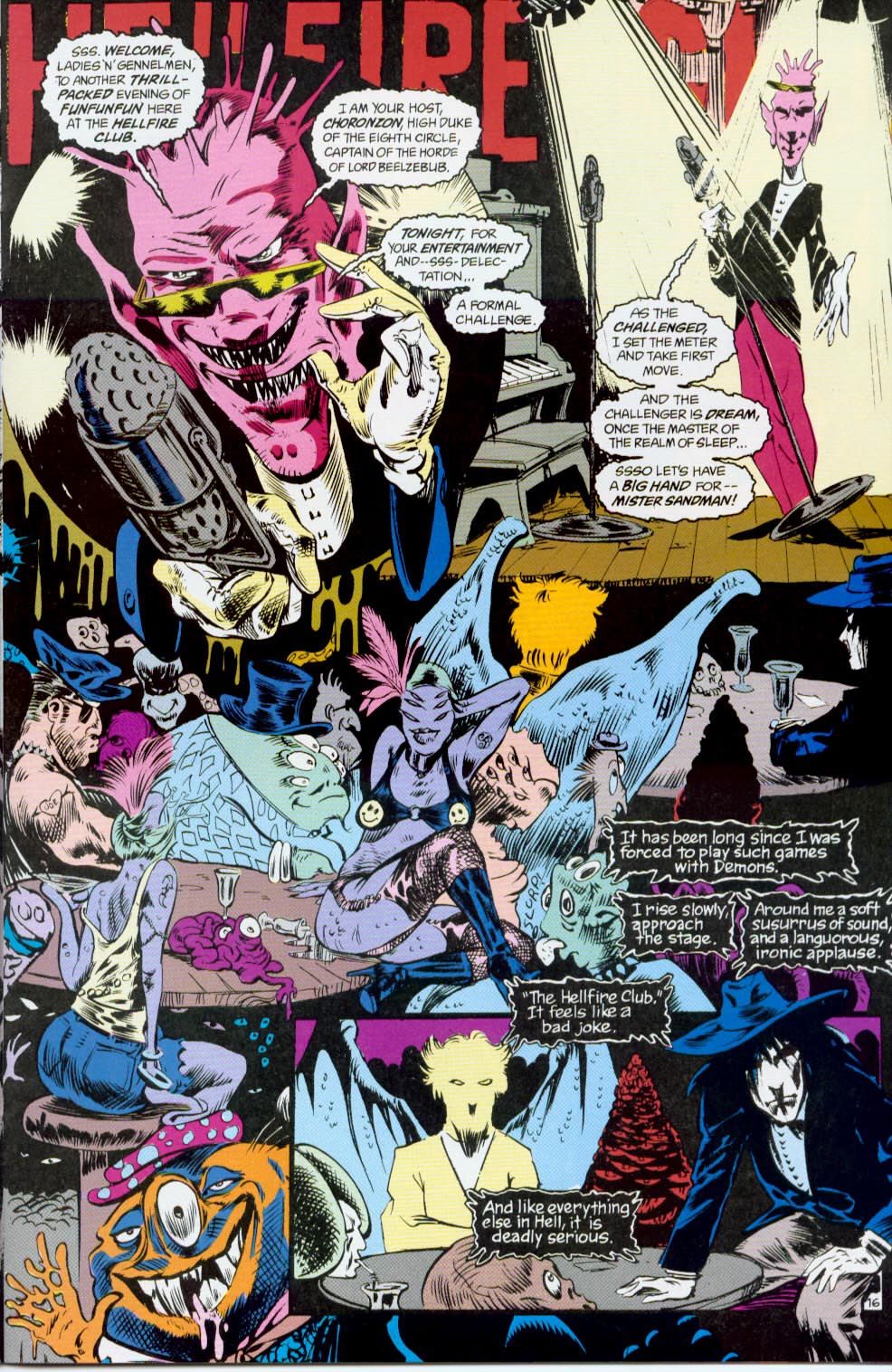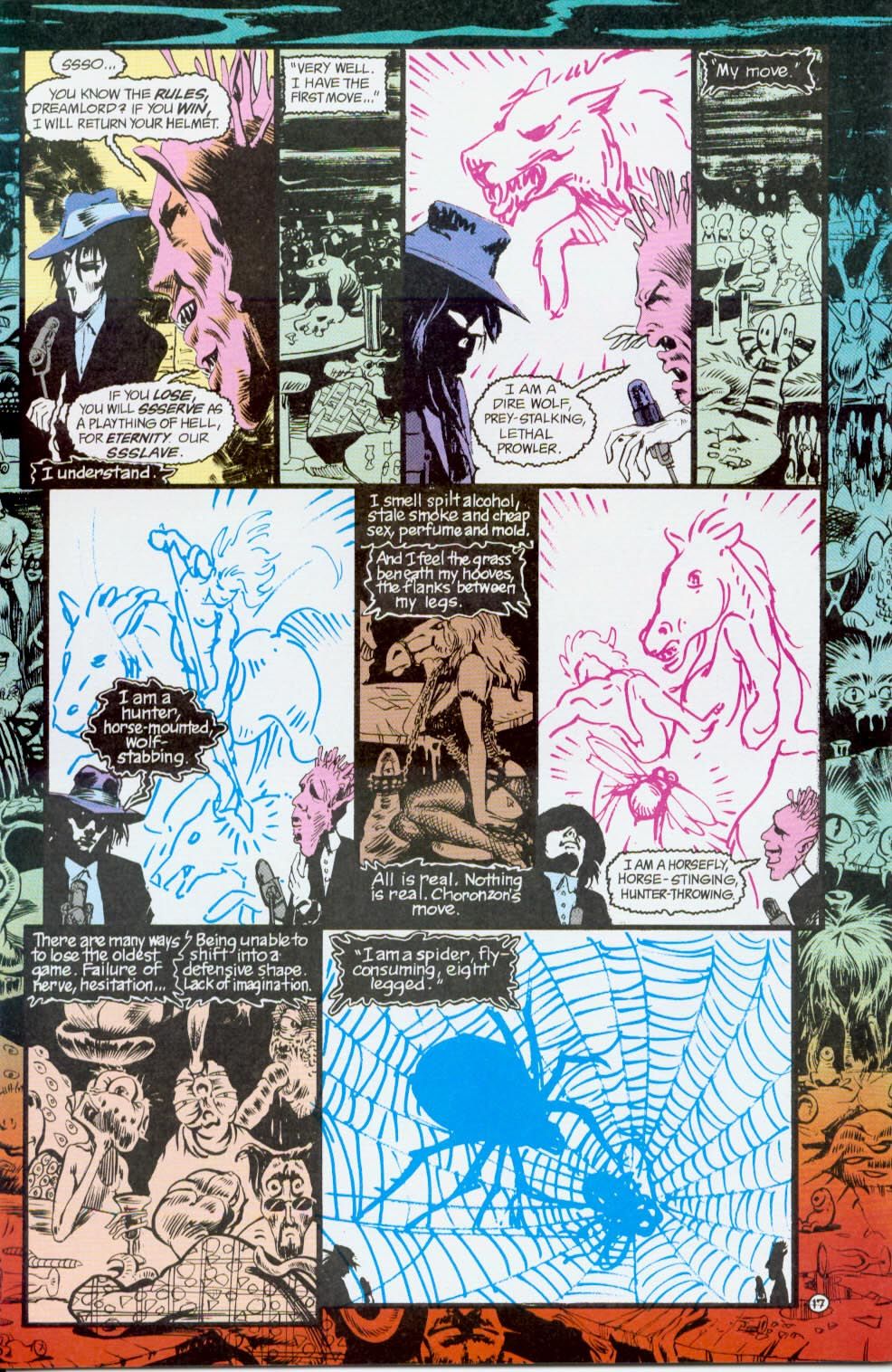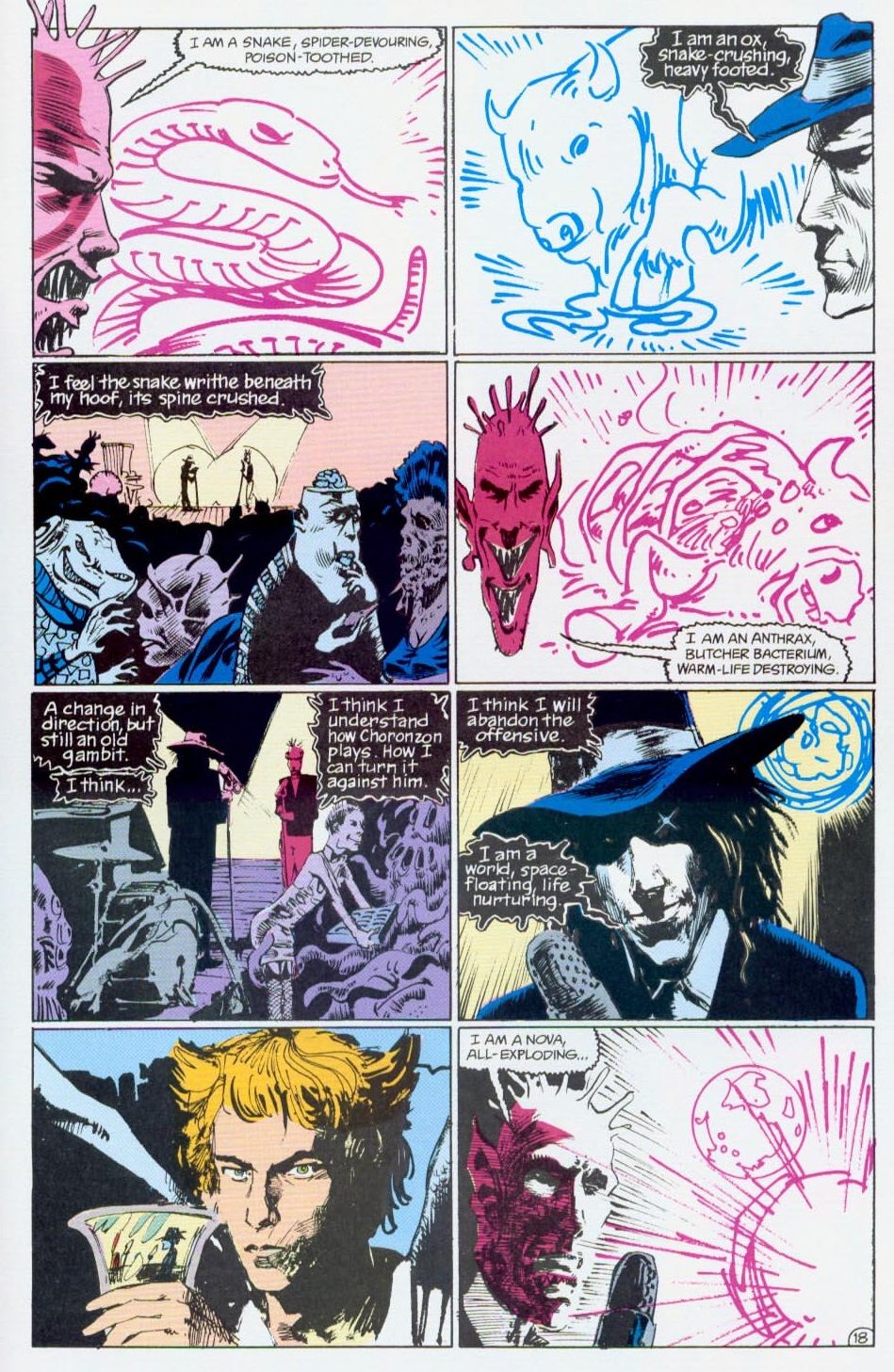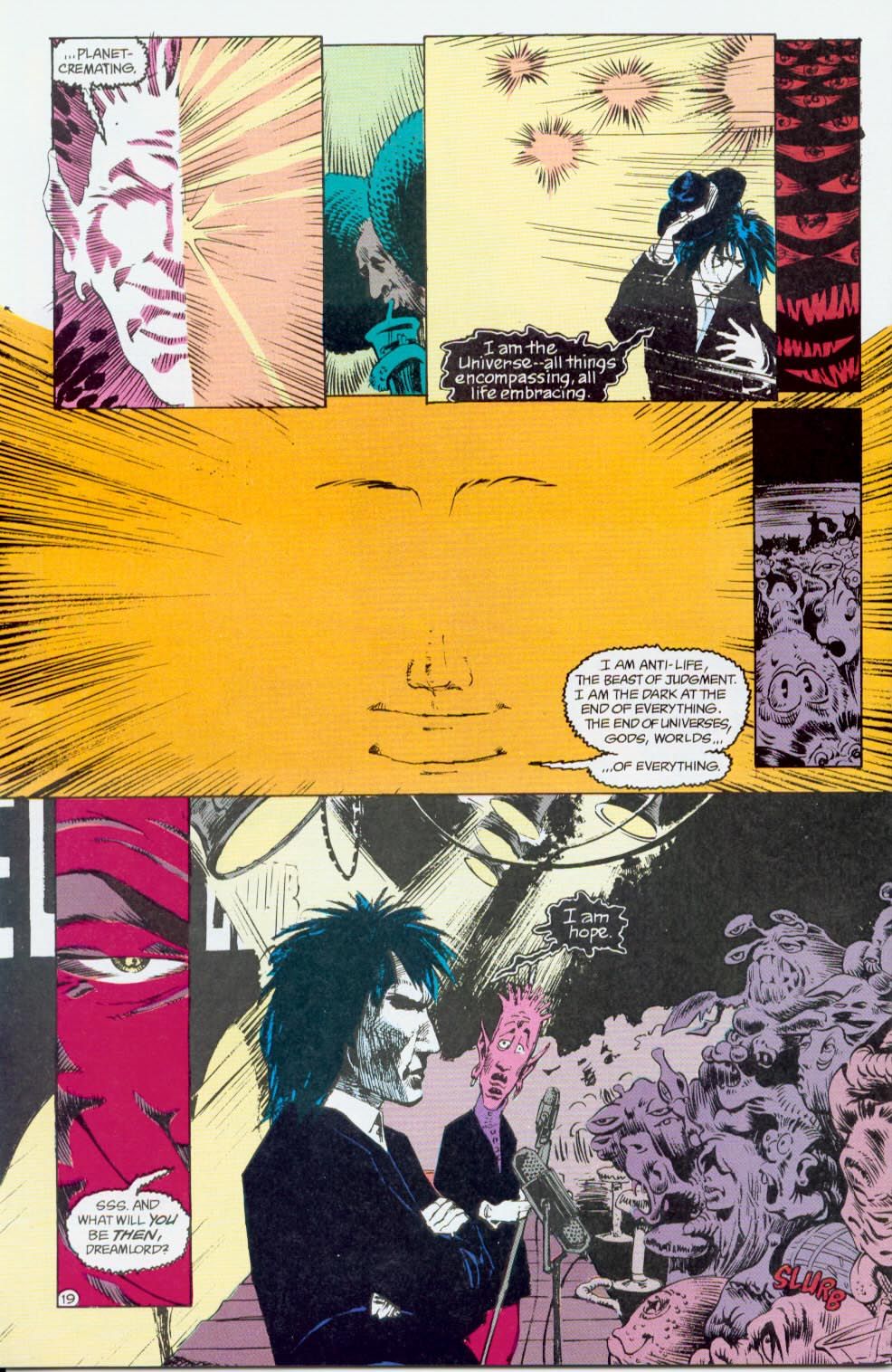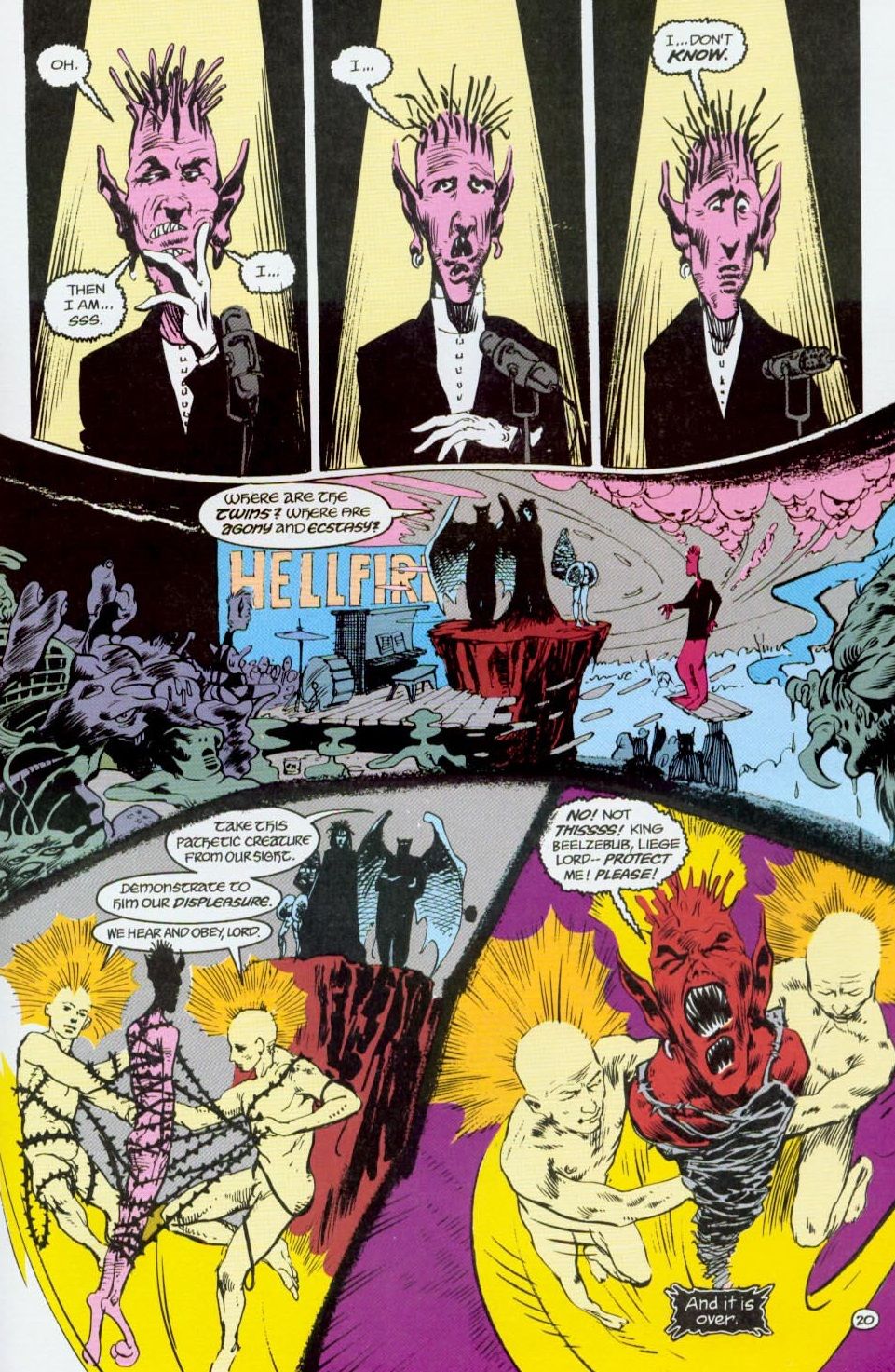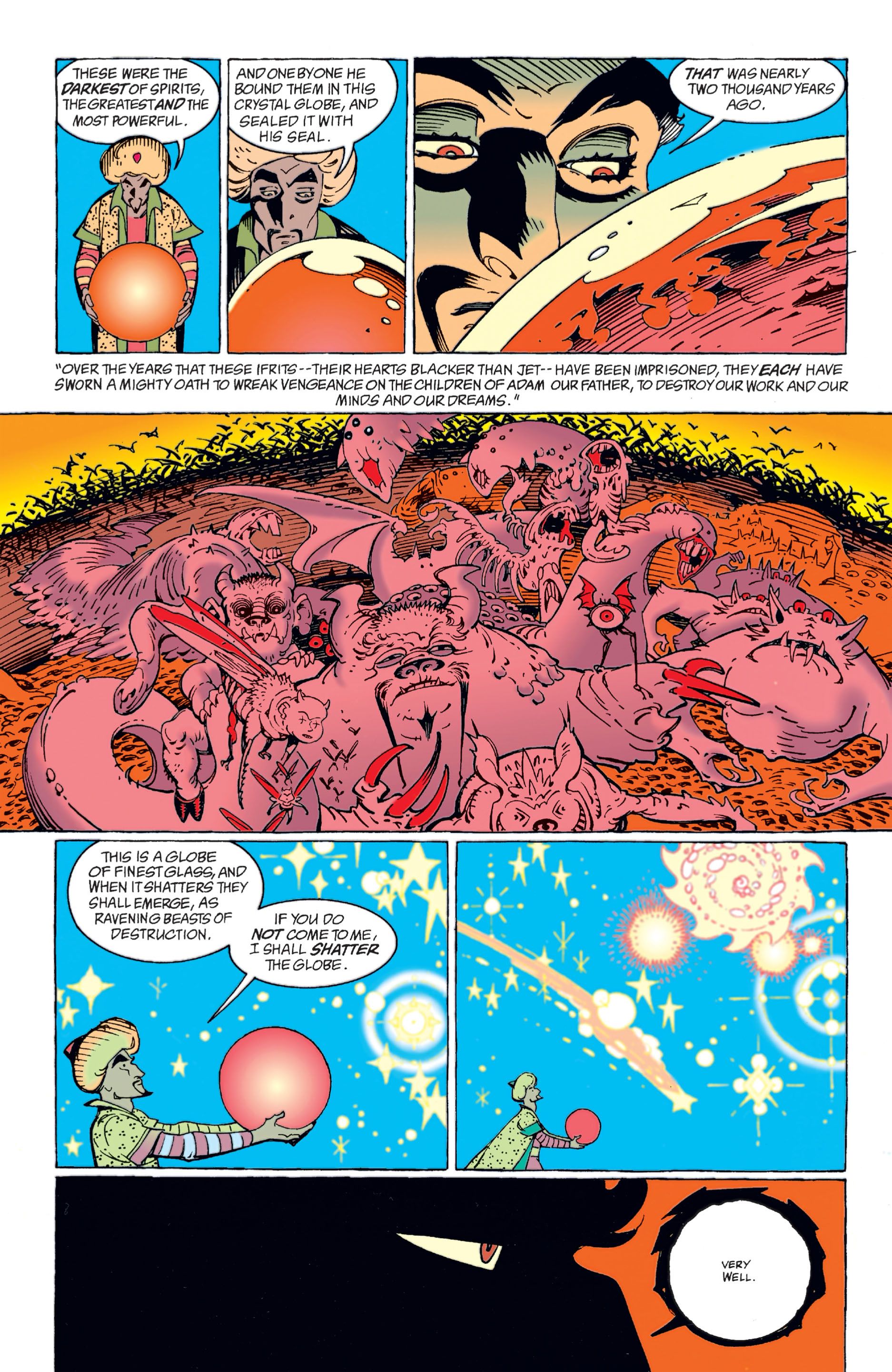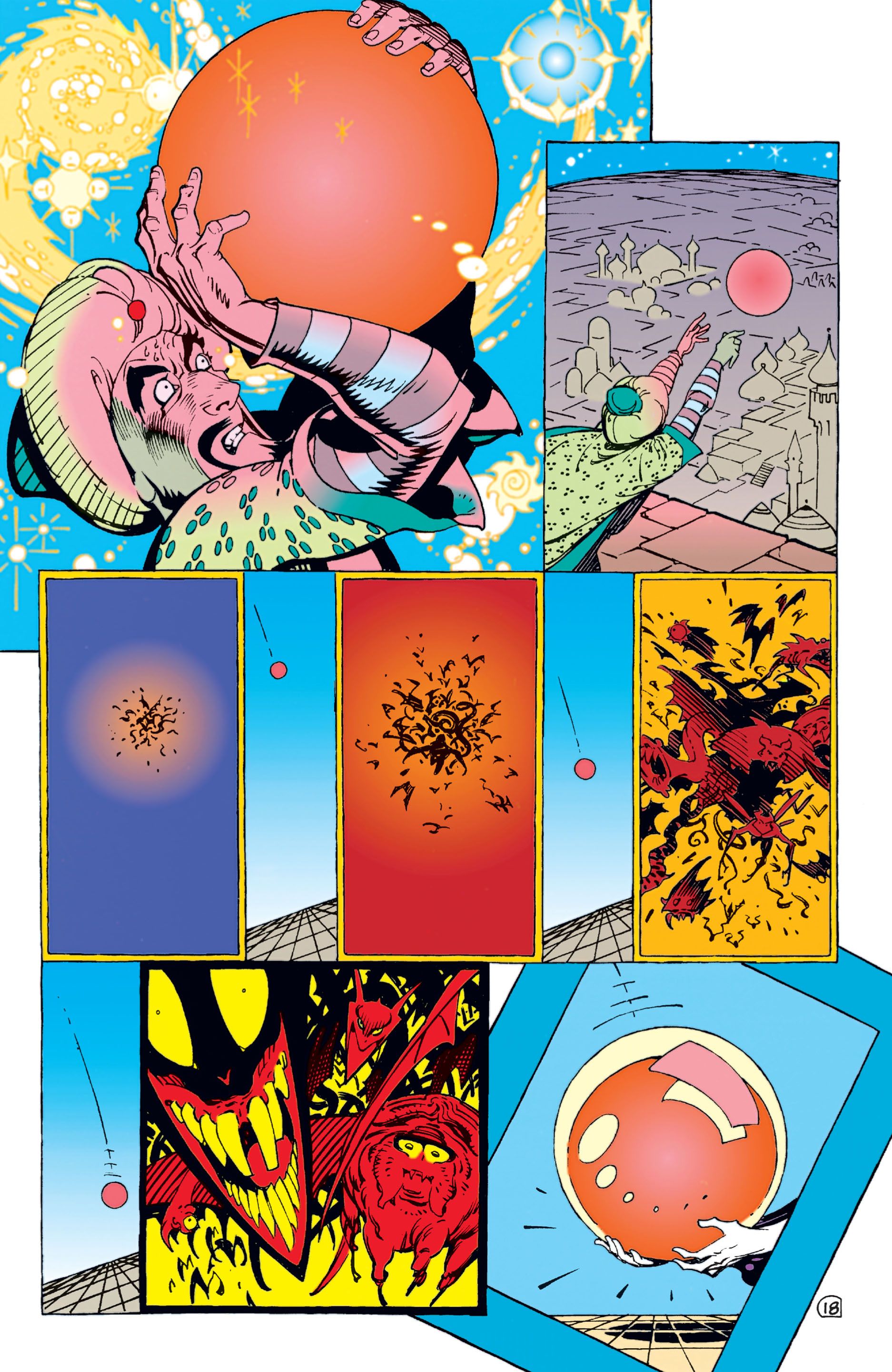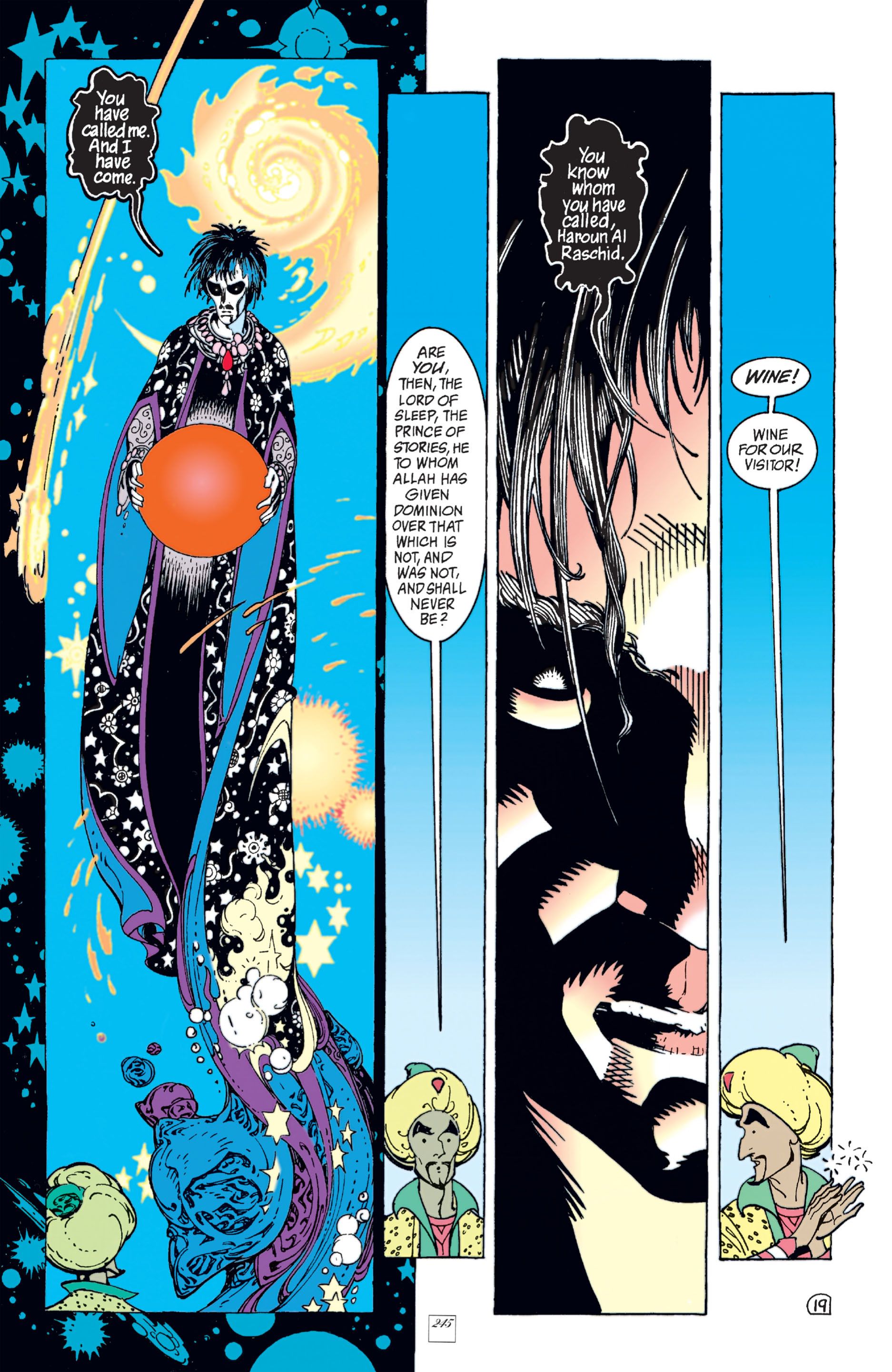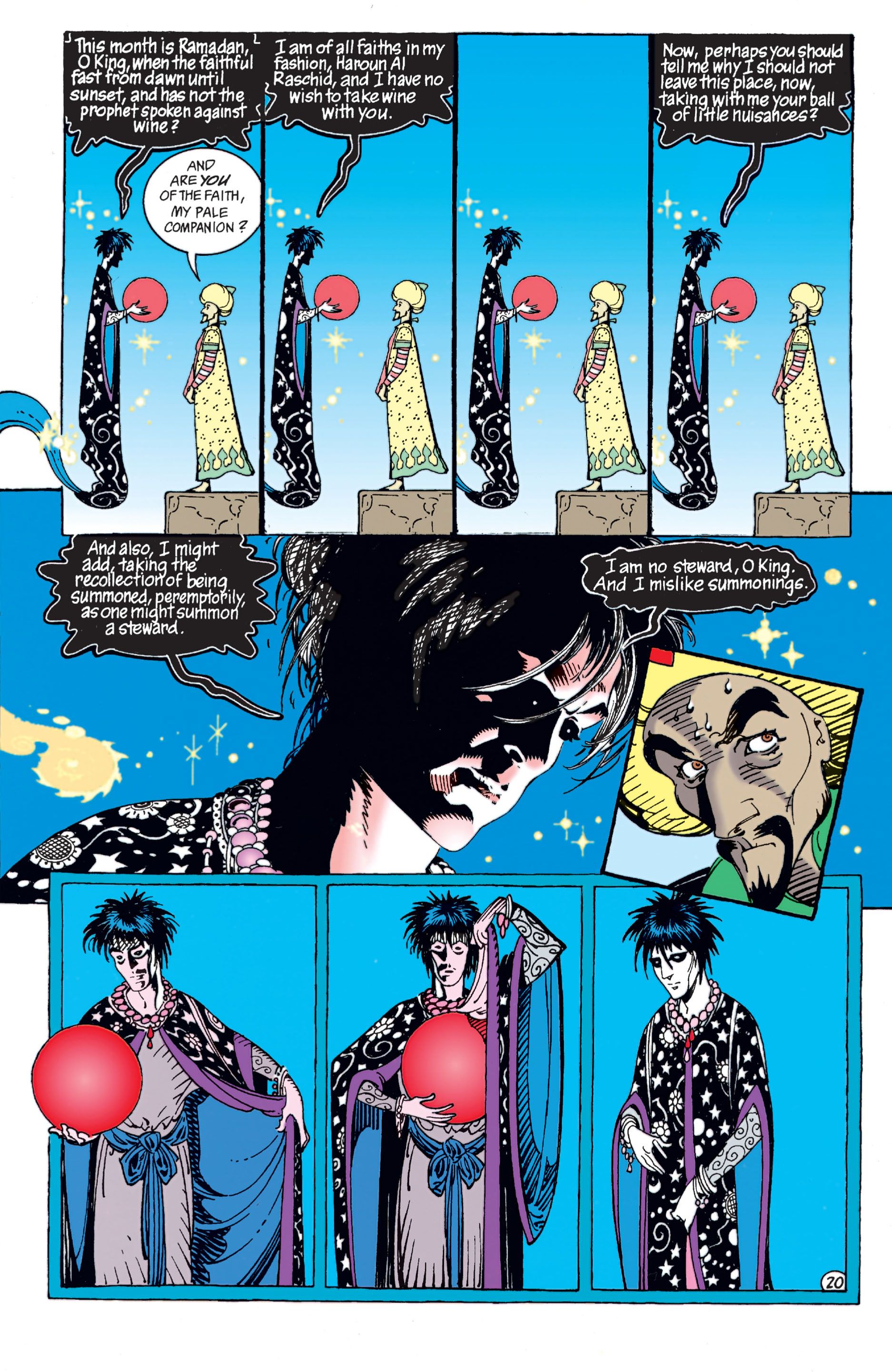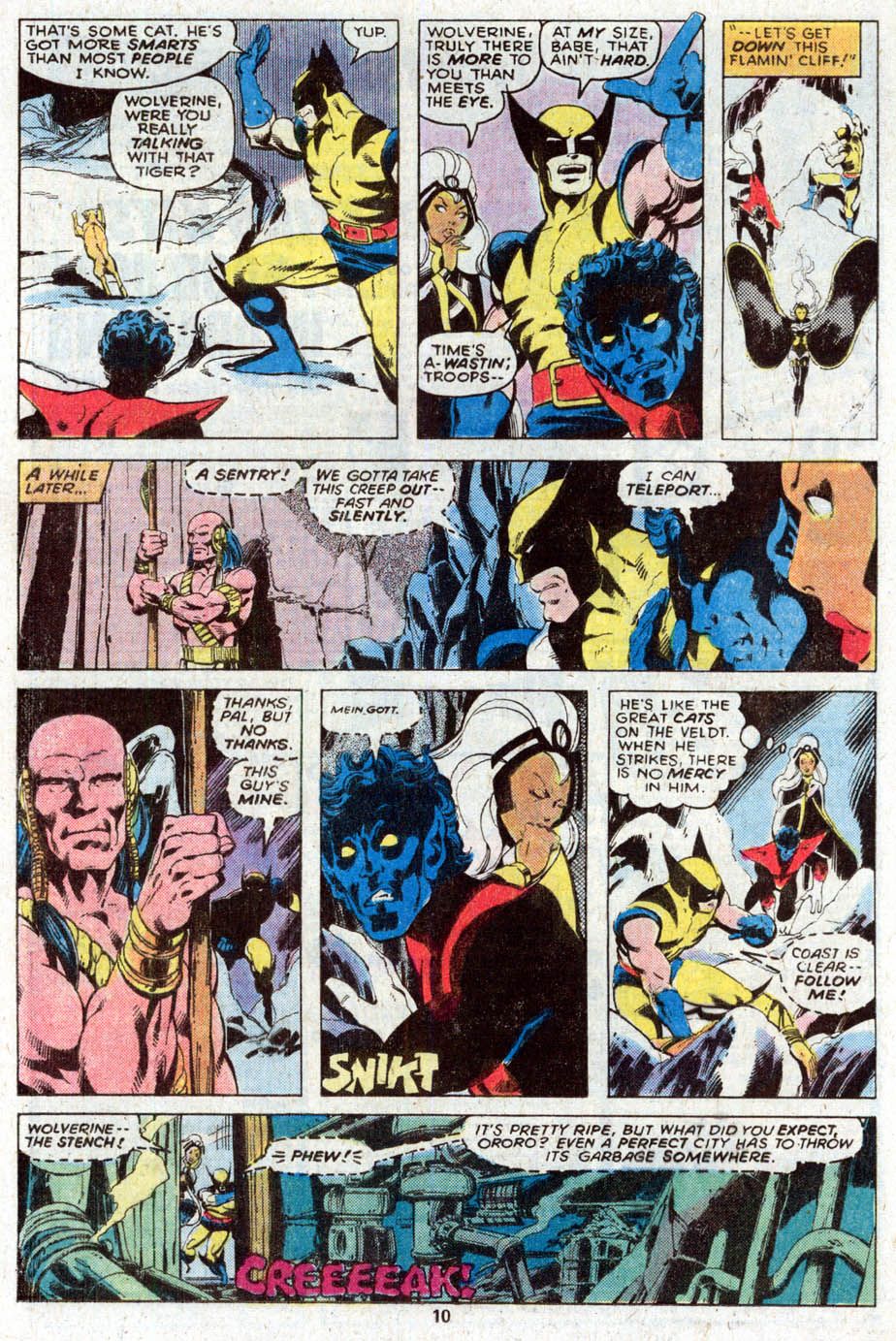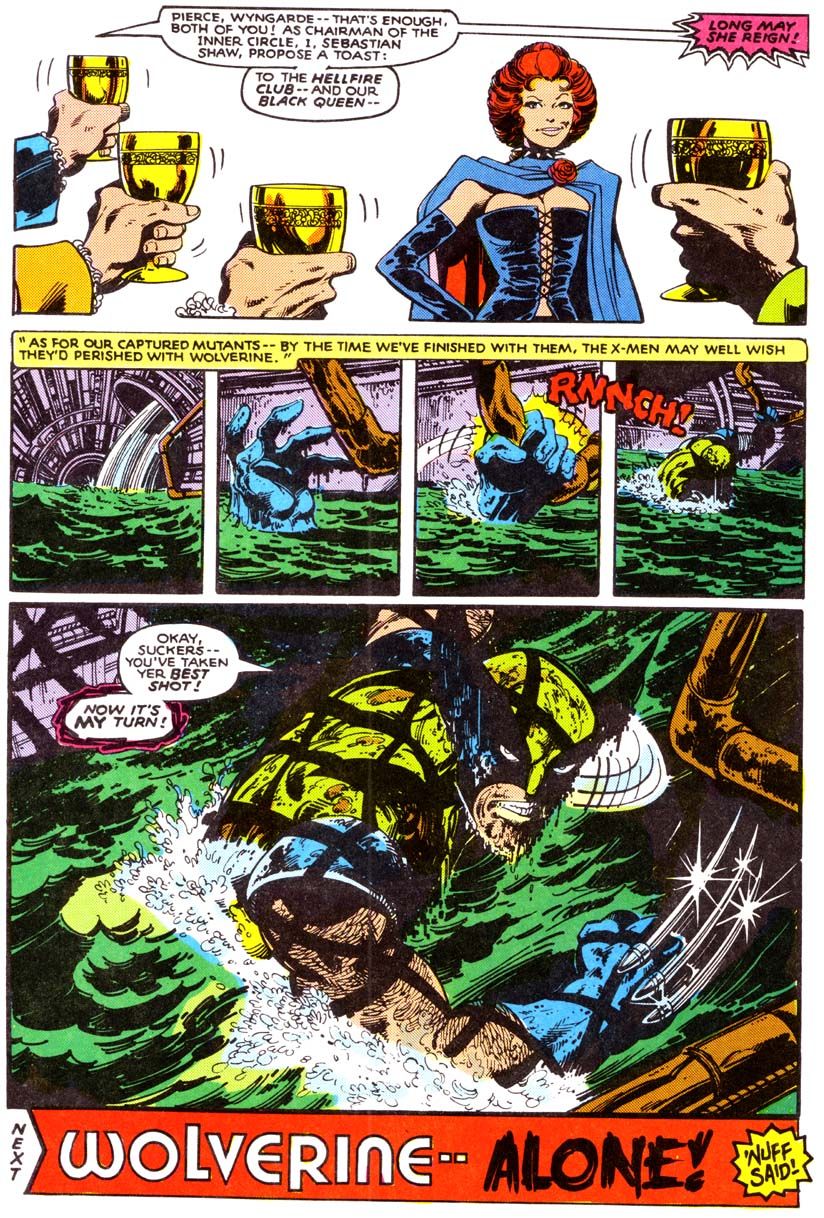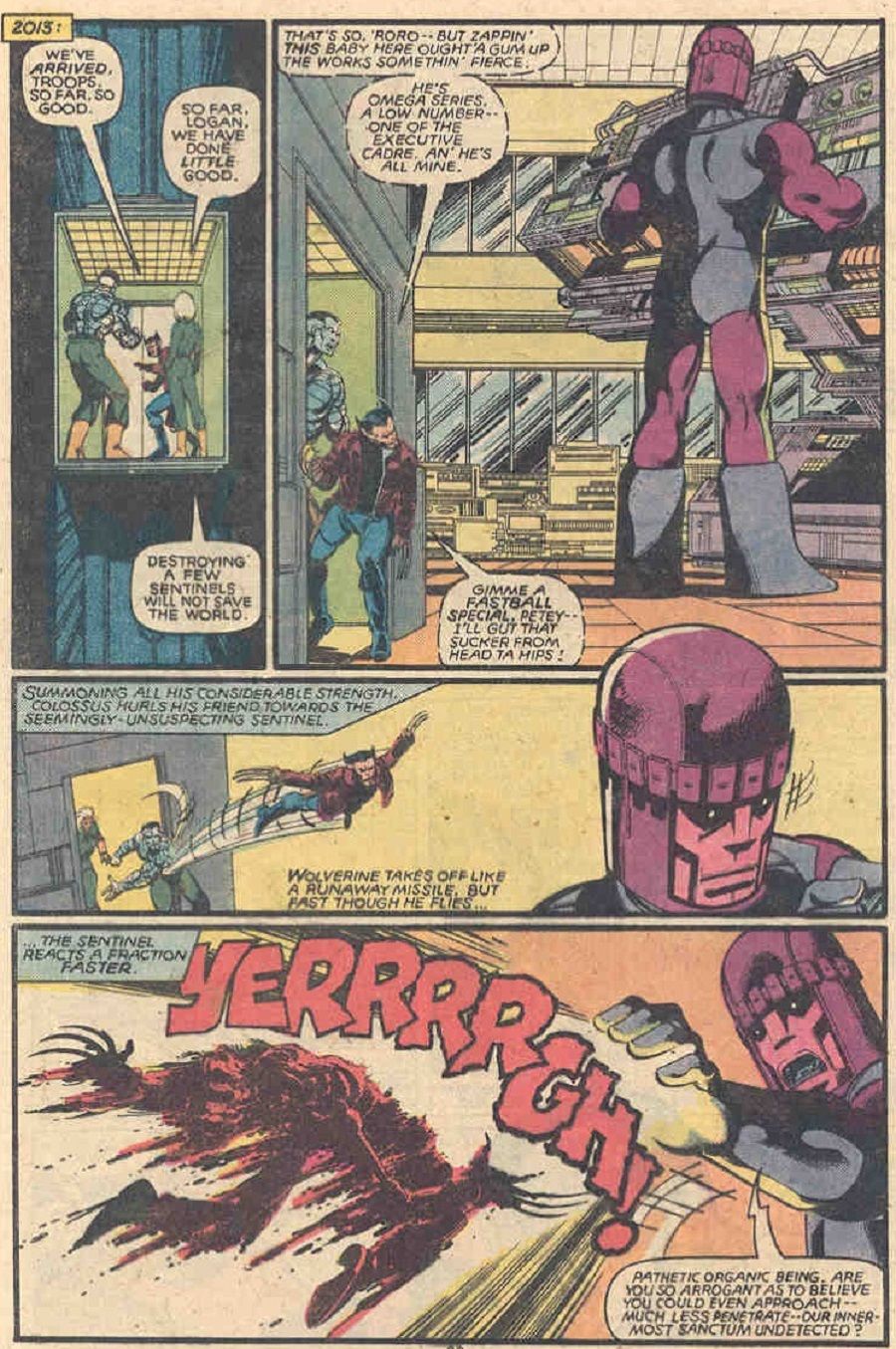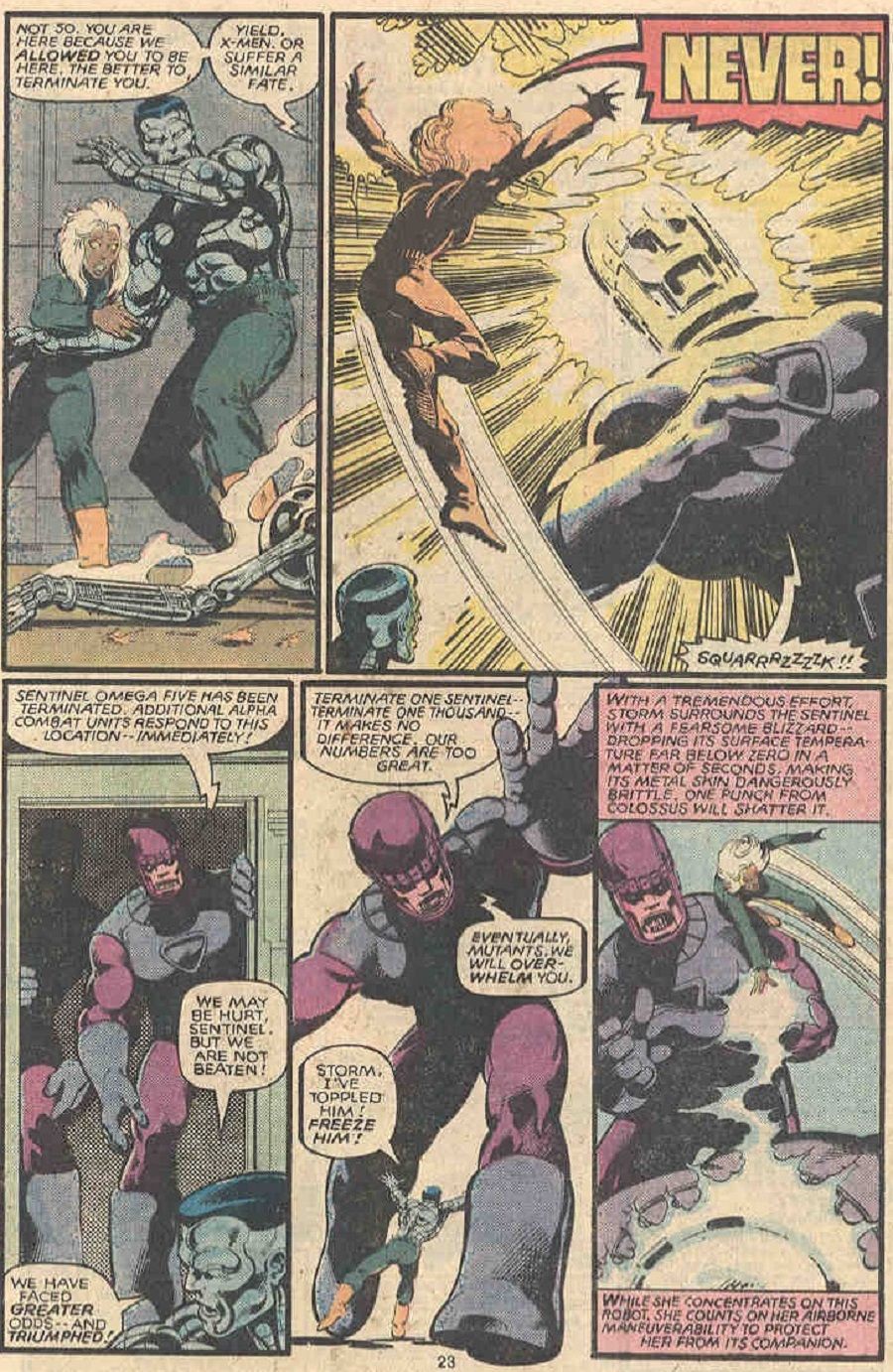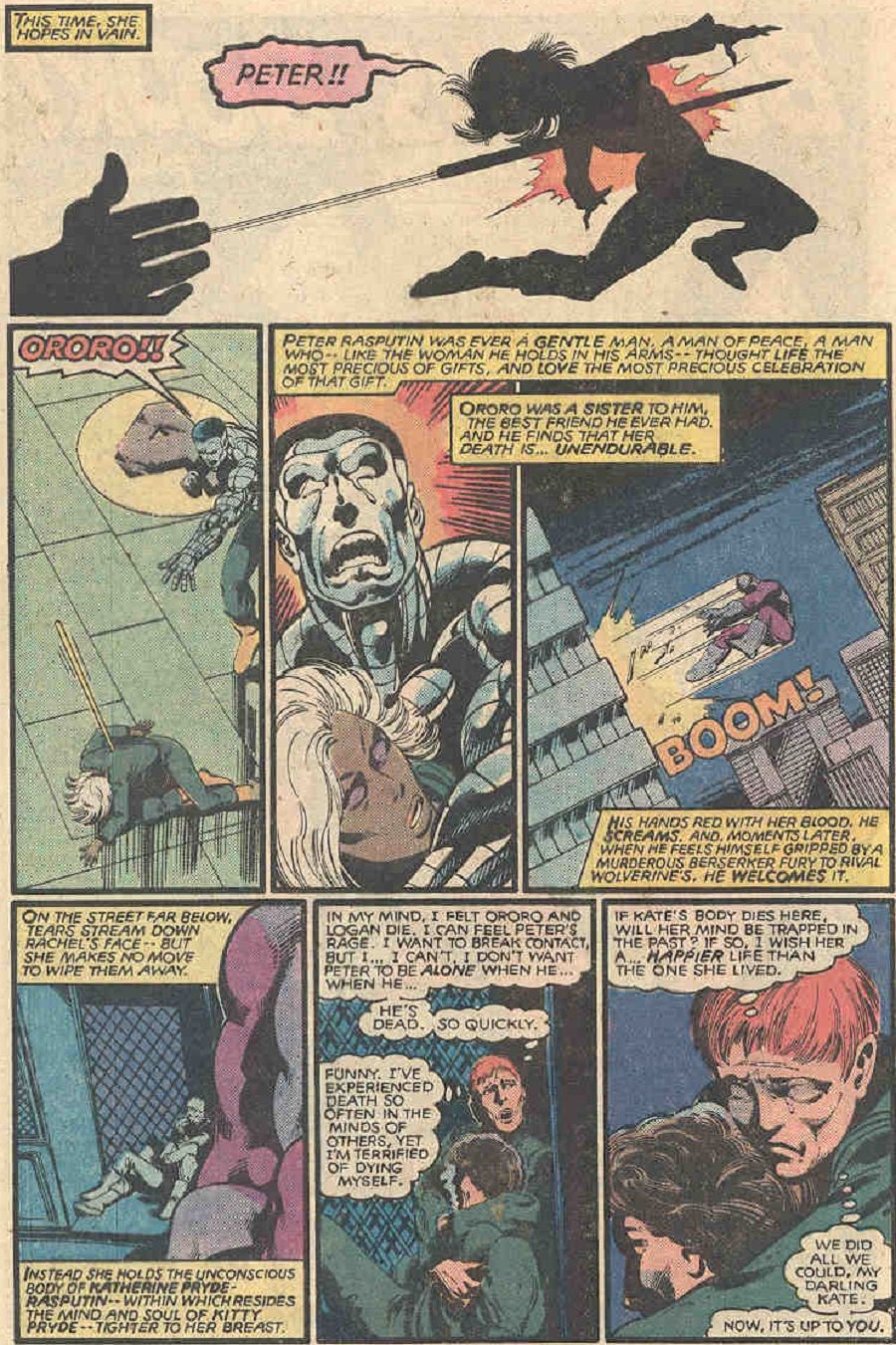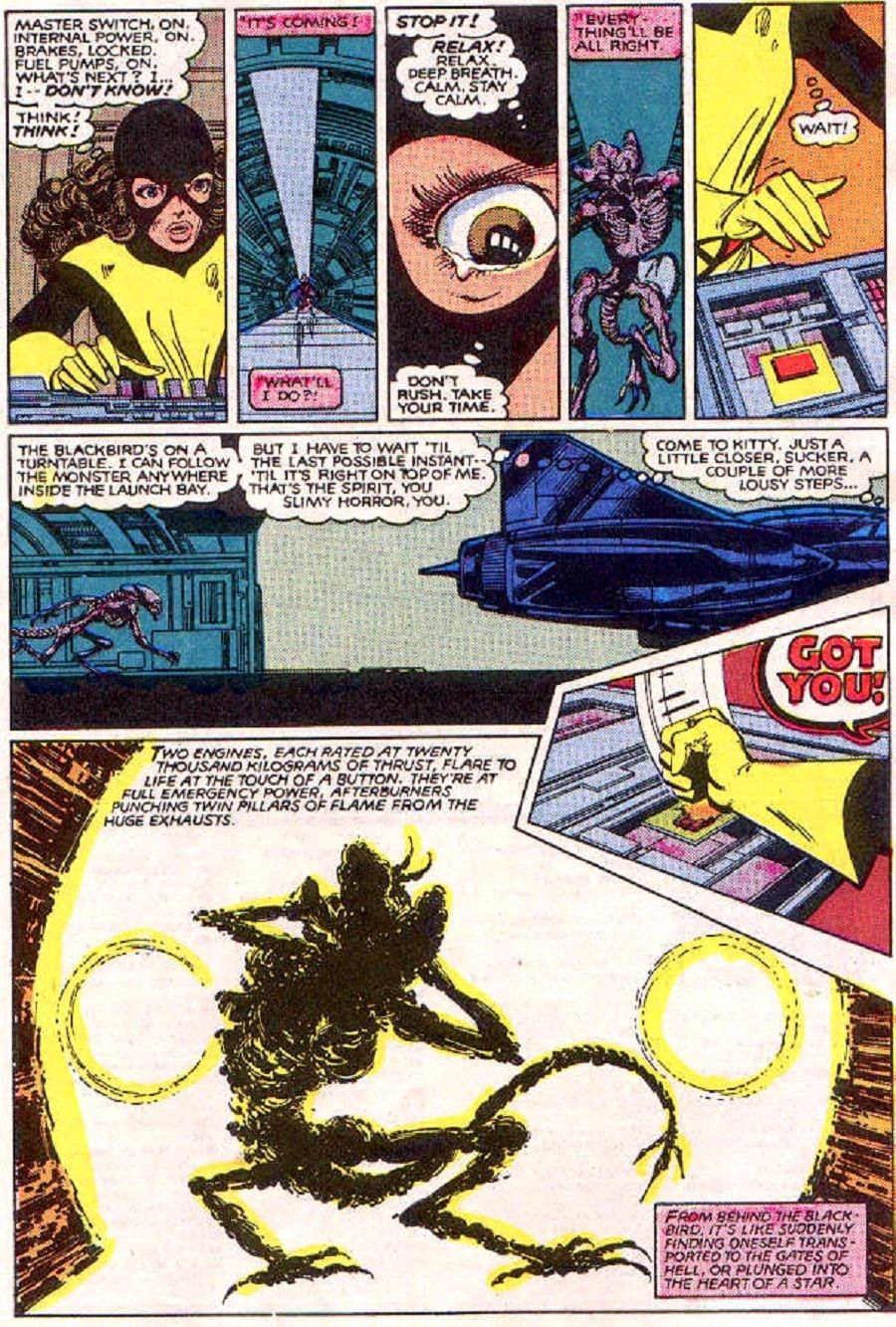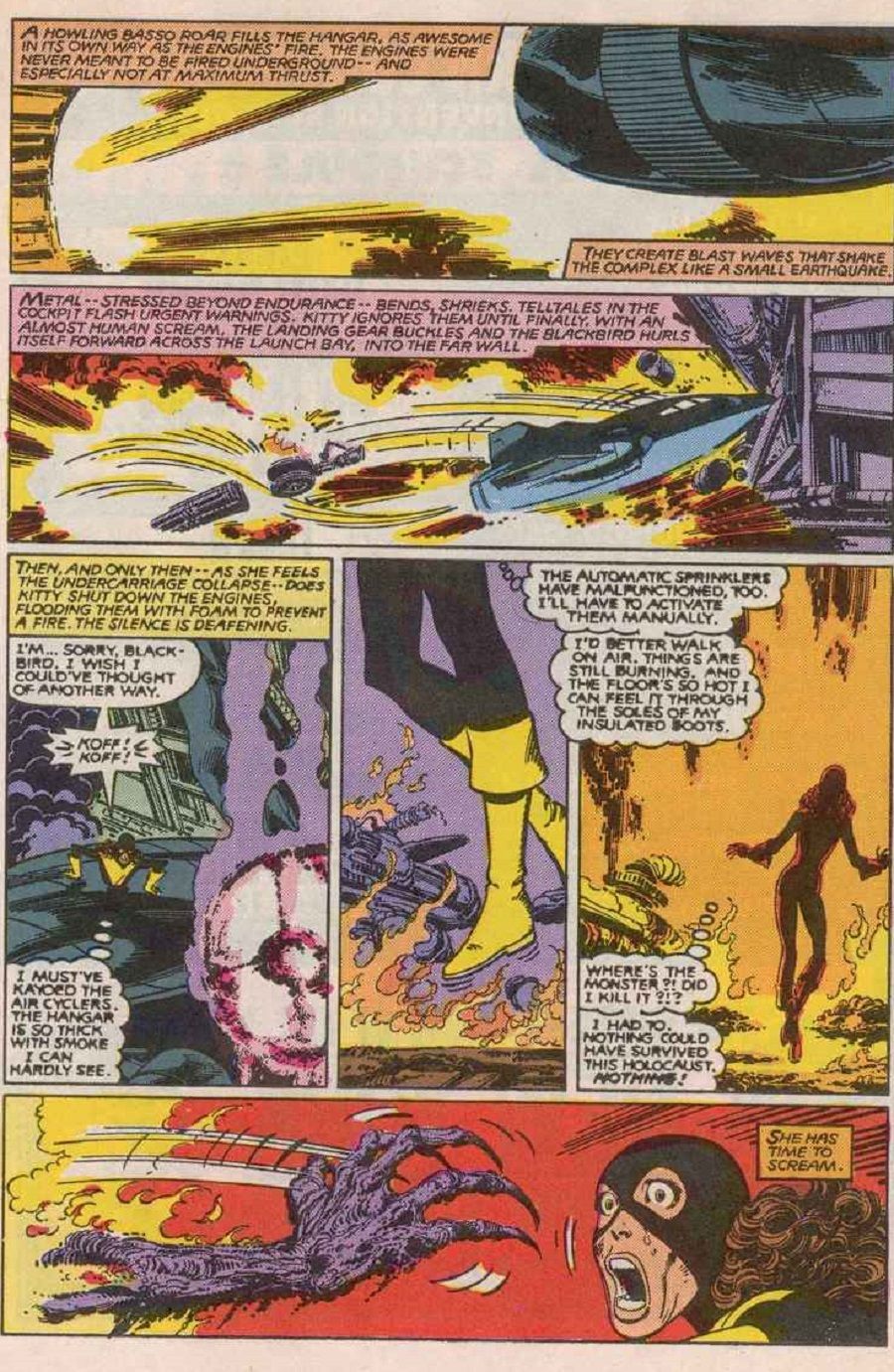You voted, and now, after over 1,000 ballots were cast, here are the results of your votes for your favorite comic book creator runs of all-time (this is the third time we've done this countdown. We're on an every four year schedule)!
To recap, you all sent in ballots ranking your favorite runs from #1 (10 points) to #10 (1 point). I added up all of the points and here we are! You can check out the previous installments in the countdown here.
5. Jack Kirby and Stan Lee's "Fantastic Four" - 1260 points (32 first place votes)
"Fantastic Four" #1-102, "Fantastic Four Annual" #1-6
To put the over 100-issue run on "Fantastic Four" by Stan Lee and Jack Kirby into perspective, take into consideration that its now more than forty years after they FINISHED the book, and writers are still working off the stories they did in those issues, that is how deep and realized the universe was that they created in those 100-plus issues.
Their run was a hit from the get go, so much so that by the fourth issue they were already using it to bring back a Golden Age Marvel character, Namor. To go from the return of a classic character to the introduction of an even MORE classic character is no small feat, but that’s what Lee and Kirby did with the introduction of Doctor Doom in "Fantastic Four" #5.
Doctor Doom is one of, heck, he IS the greatest supervillain in comic history, and he made the rest of Kirby and Lee’s run a little easier, as they knew they could always go back to Doom if they needed a cool story.
The best part about their run, though, was that (until the later stages) they DIDN’T go back to the well – they just kept creating and innovating, like with the Inhumans, Galactus and the Silver Surfer.
In one of the great changeups in comic history, they went from the epic Inhumans story DIRECTLY into the epic Galactus story and then WHAMMO – they hit you with the inspired one-off humanity-inspired piece, "This Man, This Monster."
Really, though, when you think about it, the power of humanity is behind both the Galactus trilogy AND “This Man, This Monster.”
In the Galactus trilogy, it was his experiences with humanity (namely Alicia Masters) that turned Silver Surfer against his master, Galactus. Along with the Human Torch acquiring the Ultimate Nullifer (in instance #1,403 of the Watcher ignoring his “do not interfere” credo), this turned the tide against Galactus…
Later, in “This Man, This Monster,” a scientist takes away the Thing’s cosmic mutation in order to live as the Thing himself, all in an attempt to kill Mister Fantastic. But when he actually gets the chance…
Stan Lee sure had a lot of faith in the power of humanity!
Whether they were telling large scale stories or small scale stories, all of the Fantastic Four tales were blessed with Stan Lee’s impressive dialogue and Kirby’s absolutely brilliant design work and bombastic storytelling. It is important to note that nearly halfway through their run they added a steady inker, Joe Sinnott, who would be with the book the rest of the ride. It might be a coincidence that Sinnott joined the book just as it hit its peak of creativity (the ten-issue stretch where they introduced the Inhumans, Galactus, Silver Surfer, Black Panther AND fit in “This Man, This Monster”), but I wouldn’t be surprised if it wasn’t.
This was a roller coaster ride of epic proportions, and it’s too bad it ended when it did.
Still, the run as a whole was a masterpiece of superhero comic fiction.
4. Alan Moore's "Swamp Thing" - 1311 points (39 first place votes)
"Saga of the Swamp Thing"/"Swamp Thing" #20-58, 60-61, 63-64, Annual 2
Something that I think often gets lost when discussing Alan Moore’s tremendous run on "Swamp Thing" is how the run started. Everyone remembers Moore’s SECOND issue, “Anatomy Lesson,” but Moore actually started on the book one issue earlier, tying up the loose plotlines of previous writer Marty Pasko. It’s quite interesting to read the care and attention Moore puts into Pasko’s storylines, while still managing to wrap it all up in one issue in a much different style than Pasko.
And then, of course, with the Pasko storylines finished, Moore dropped the big one – “Anatomy Lesson.” There have been a number of other significant retcons with titles before, but they all paled in comparison to what Alan Moore did with “Anatomy Lesson,” which revealed that the entire origin of Swamp Thing was false – Alec Holland was not transformed into Swamp Thing during a chemical explosion – instead, the chemicals animated a group of vegetation into THINKING it was Alec Holland.
Later, Moore would also explain the various inconsistencies of Swamp Thing’s origin by saying that there were many different Swamp Things who all had the same basic origin. Clever meta-fiction work by Moore.
Moore was ably assisted by the art team that was there when he joined the book, penciler Stephen R. Bissette and inker John Totleben – together, Bissette and Totleben delivered a stunningly rich art style, that was perfect for the moody stories Moore told.
Throughout his run, Moore would tell deep character-based stories, most notably the relationship between Swamp Thing and Abigal Arcane. The issue where the two have sex is a stunning testimony to both Moore’s skills as a writer and Bissette and Totleben’s skills as artists. See how Swamp Thing and Abby have sex for the first time…
Also notable in Moore’s work was when he would touch on the DC Universe, and give us drastically different takes on various famous superheroes. Moore’s early work with the Justice League in an issue of Swamp Thing informed pretty much every modern writer of the Justice League. During his run, Moore also introduced John Constantine, who would be Swamp Thing’s guide on a number of stories (more accurately, he would con Swamp Thing into getting involved in stuff).
Towards the end of his run, Rick Veitch became the artist on the book, and while he had a much different style than Bissette and Totleben, it was still excellent artwork, and it was Veitch who would end up following Moore on the title as writer (and doing a fine job, himself).
Without Moore’s Swamp Thing, we likely wouldn’t have seen Vertigo and all the comics that spun out of Vertigo, or if we did see them, it would have taken a long time to get there, so its influence is massive.
3. Frank Miller and Klaus Janson's "Daredevil" - 1449 points (28 first place votes)
"Daredevil" #158-161, 163-167 (Frank Miller as artist, with Klaus Janson inks), #168-176 (Miller as writer/artist, with Janson as inker), 177-184 (Miller as writer/co-artist with Klaus Janson), #185-190 (Miller as writer, with Janson as artist), #191 (Miller as writer/artist, no Janson as inker)
Frank Miller was already an up and coming artist when he took over the penciling duties on "Daredevil," under writer Roger McKenzie, with the book’s inker, Klaus Janson, staying on to give the book some continuity. Soon, the book began to get a buzz around it due to Miller and Janson’s impressive artwork, which managed to give a totally different look to the book despite McKenzie’s fairly standard plots (not that McKenzie was bad, just that his style did not necessarily match the style Miller and Janson were going for). The book soon became popular enough that Miller was promoted to the writer of the book, as well.
His first issue dramatically changed Daredevil, especially the introduction of Matt Murdock’s college love, Elektra, who was now an assassin.
Another change in Miller’s run was that Daredevil was now a lot more like a ninja than ever before, including introducing Stick, the man who mentored Murdock in the ways of being a ninja.
Notable during this time was the fact that Miller and Janson were absolutely amazing on the artwork on the book. They were bringing in a Will Eisner/manga look (specifically Lone Wolf and Cub) that was quite striking. Especially on the action sequences. SO gorgeous. Check out this sequence of Daredevil and Elektra in battle over the life of reporter Ben Urich (who became a major supporting character during Miller’s run, as Urich figured out that Matt Murdock is Daredevil)…
The Kingpin became a major Daredevil villain during Miller’s run (soon into Miller’s run, by the way, the book went from bi-monthly to monthly, a sign that the book was becoming popular again). Towards the end of his run, Miller had Bullseye (a character Miller used to great effect during his run) kill off Elektra.
After a few more issues (Janson was totally drawing the book by this time), Miller left with one fairly depressing issue (with inks by Terry Austin).
Marvel has nicely collected Miller’s entire run into three trades, and they smartly split the trades into Vol.1 (only Miller art) and Vols. 2 and 3 (Miller as writer).
2. Neil Gaiman's "Sandman" - 1474 points (40 first place votes)
"The Sandman" #1-75
The initial "Sandman" storyline introduced us to Morpheus, the titular Sandman of the series. Morpheus is also known as Dream of the Endless and he was the king of dreams. The first storyline saw him released from captivity for the first time in decades. He has to find a few items of power to get back to full strength. One of the items is owned now by a demon in hell. In a memorable early issue, Morpheus wins the item back in a compelling game in hell…
The above exchange became a popular online meme during the Clinton/Obama primaries in 2008.
In another early issue, we met the sister of Dream, Death. Death became one of the most popular characters DC had. In fact, when DC had a poll for which characters should get their own mini-series, Death was the winner.
Essentially, having Morpheus be the king of dreams allowed Gaiman to tell whatever stories he wanted to, with a specific bent towards stories involving mythology and folklore. It was a fantasy lover’s dream. Not only did he come up with clever story ideas, what was remarkable about Gaiman was that his stories also were extremely character-driven. Gaiman would introduce new characters constantly, and within an issue, you felt like you knew the character your whole life.
One such character was the king of a magical version of Baghdad who is tired with his “boring” life as the king of the greatest city in the world, so he tries to summon Dream (check out the magnificent P. Craig Russell artwork)…
Suffice it to say that the king has bitten off more than he can chew here.
Gaiman also picked up some established DC characters, like Cain and Abel and Lucien. Matthew the Raven came from Swamp Thing. Dream’s brother Destiny was an established DC character.
Prominent NEW characters included the immortal Hob Gatling, Mervyn Pumpkinhead, the witch (and former girlfriend of Morpheus) Thessaly, the evil Corinthian, plus Gaiman’s personal take on Lucifer, which was picked up by Mike Carey in his classic Lucifer run.
It’s truly amazing how many amazing characters Gaiman had in this series. Wow.
One of the most notable issue was #19 “A Midsummer Night’s Dream,” which won the World Fantasy Award in 1991 for Best Short Fiction.
Sandman won a tremendous eighteen Eisner Awards, including three Eisners for Best Ongoing Series and four Eisners for Gaiman as Best Writer.
Dave McKean did the amazing covers for the series, but the interiors were by many different artists.
The aforementioned P. Craig Russell, Sam Kieth, Mike Dringenberg, Malcolm Jones III, Kelley Jones, Jill Thompson, Marc Hempel, Michael Zulli and Charles Vess all did notable issues, but there were many more great artists on the series.
The story ended with a new Dream taking over, and the celebration of Morpheus. Superman and Batman even guest-starred to pay their tributes. Gaiman has done work since then on "Sandman," and they’ve also been quite good (like the recent excellent prelude series he did with J.H. Williams III). He’s a good writer, that Gaiman.
1. John Byrne, Chris Claremont and Terry Austin's "X-Men" - 2356 points (55 first place votes)
"X-Men/Uncanny X-Men" #108-109, 111-143
"X-Men" was already an up and coming series from Marvel before John Byrne took over as penciler from Dave Cockrum. It was not exactly lighting the sales charts on fire, but there was a buzz about the book. It was at the end of a storyline when Byrne was brought on to replace Cockrum in "X-Men" #108.
After one more fill-in issue with #110, Byrne was back for good with #111, and he and Claremont went on an incredible journey, taking the "X-Men" all over the world, with nice character work and excellent artwork by Byrne and Austin.
They had a great story with Magneto against the team plus a dramatic story where the X-Men are feared dead, this allowed Jean Grey to go off on her own storyline that eventually led to the Dark Phoenix Saga much more down the road.
What’s amazing about the Dark Phoenix saga was just how slowly it build up to a head, and all the while, Claremont and Byrne were telling strong stories, including the Proteus storyline.
The Hellfire Club was probably one of the more notable parts of the run, as it also introduced Kitty Pryde. They had already established, early in the run, that Wolverine was willing to kill if need be…
but the Hellfire Club took that to a bigger level – due to Byrne’s involvement with Wolverine, Wolverine soon became one of the most popular characters in all of comics – this story has one of the most famous single panels in comic history.
And, of course, the Dark Phoenix Saga happened, which was amazing, even though Claremont and Byrne did not have the ending they initially planned on having. However, Jean Grey’s death made the story even more famous than it probably would have been. It was at this point that the book really started to take a sales upswing (hitting its acme under Paul Smith’s tenure on the book).
How do you follow up an amazing storyline like the Dark Phoenix Saga?
Well, how about ANOTHER famous storyline, Days of Future Past, with Kitty Pryde returning from a dystopic future to help stop her own horrible future (here is a glimpse of that future, where mutants are hunted down by Sentinels)…
Byrne finished his run with yet ANOTHER classic story, the famous Christmas issue starring Kitty Pryde where she is attacked by a demon while home alone for the holidays…
Byrne left to take over "Fantastic Four," while Claremont stayed on for another decade or so.
But they had already made their mark on the comics world.
That's the list! Agree? Disagree? Let us know!
We'll see you again the next time we do one of these bad boys!

